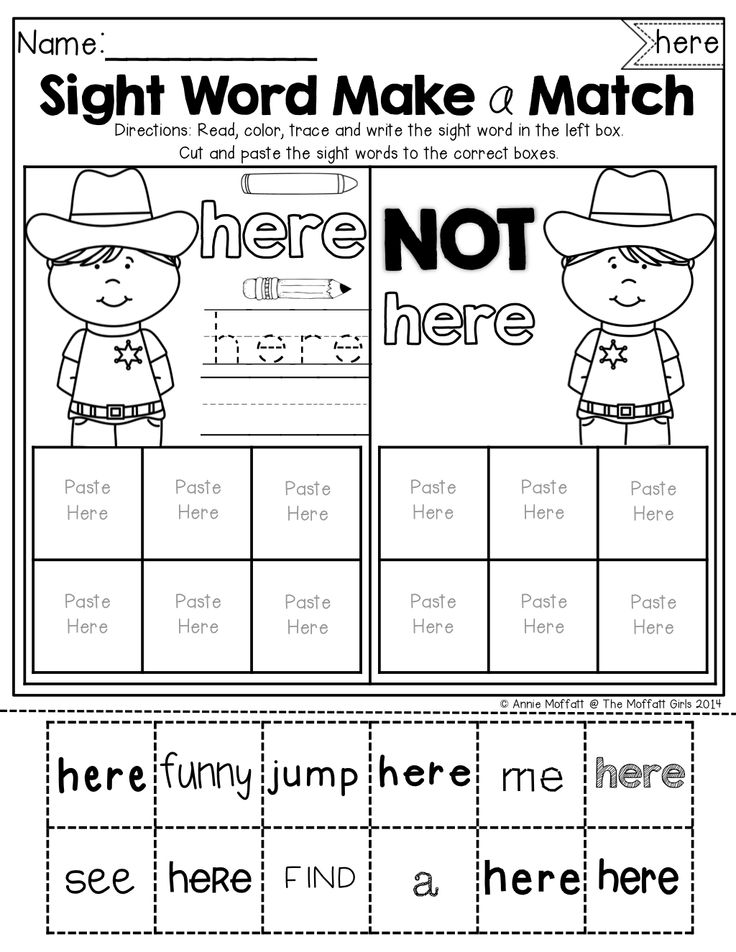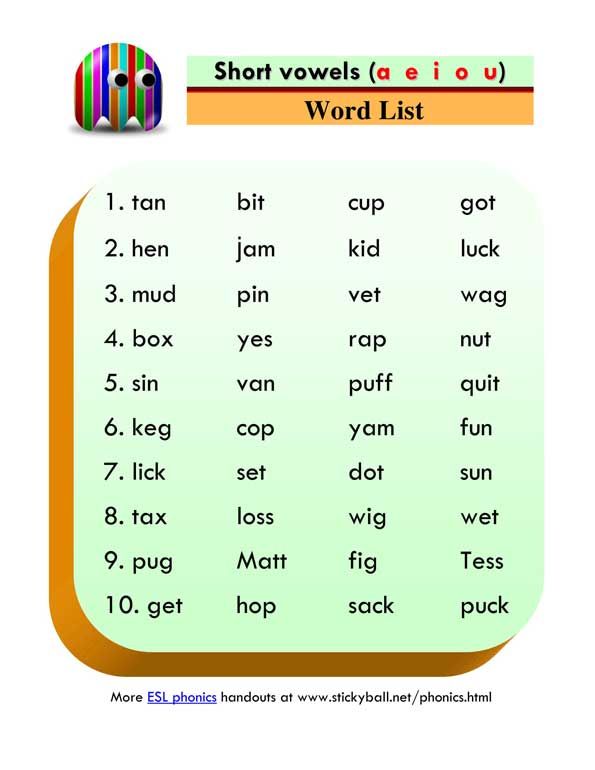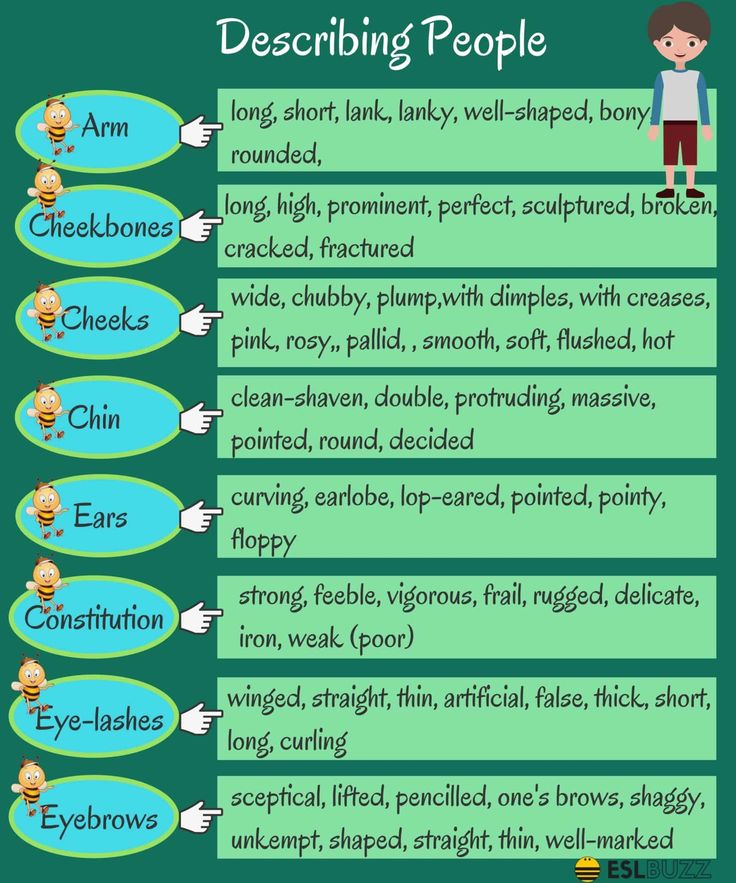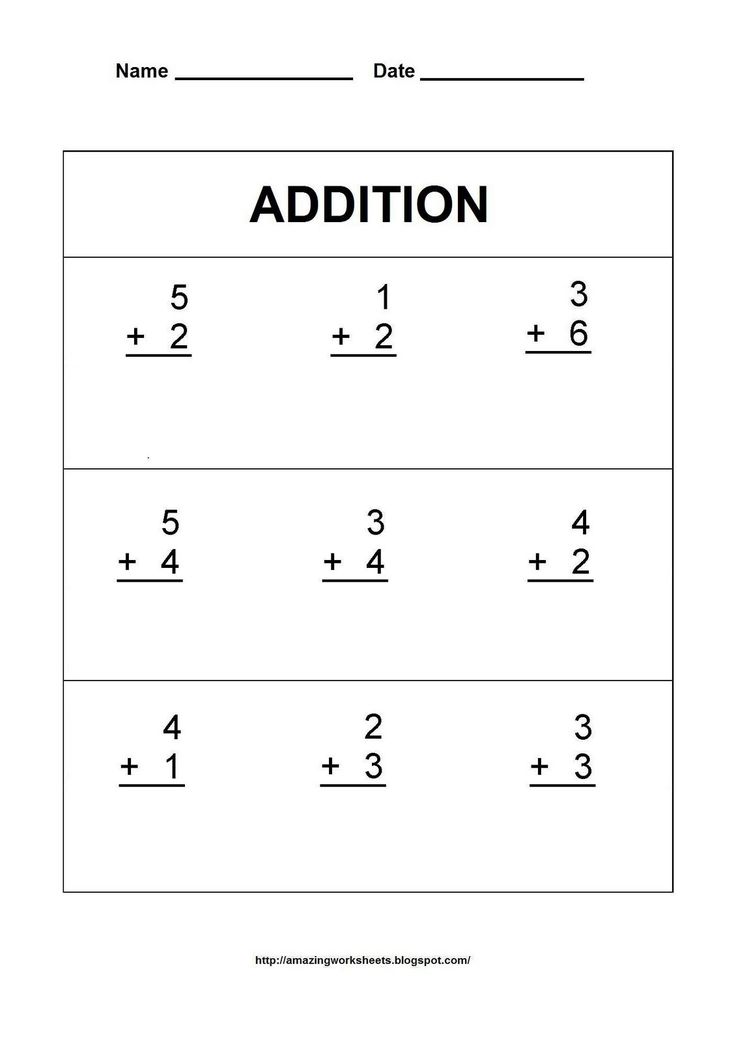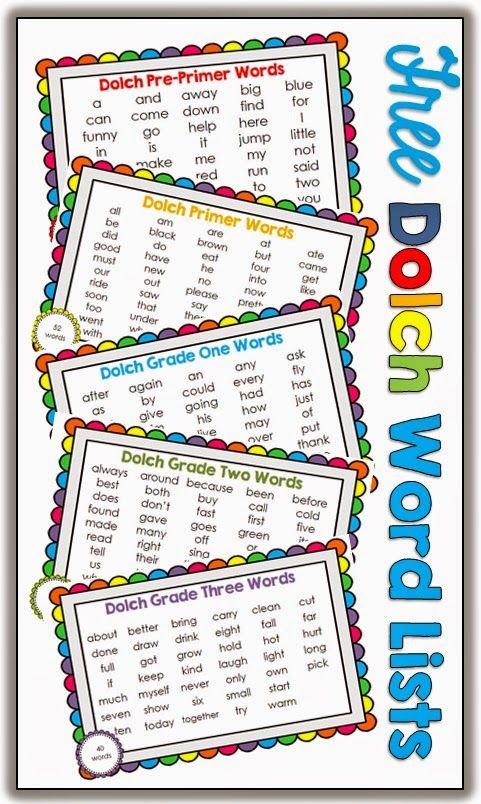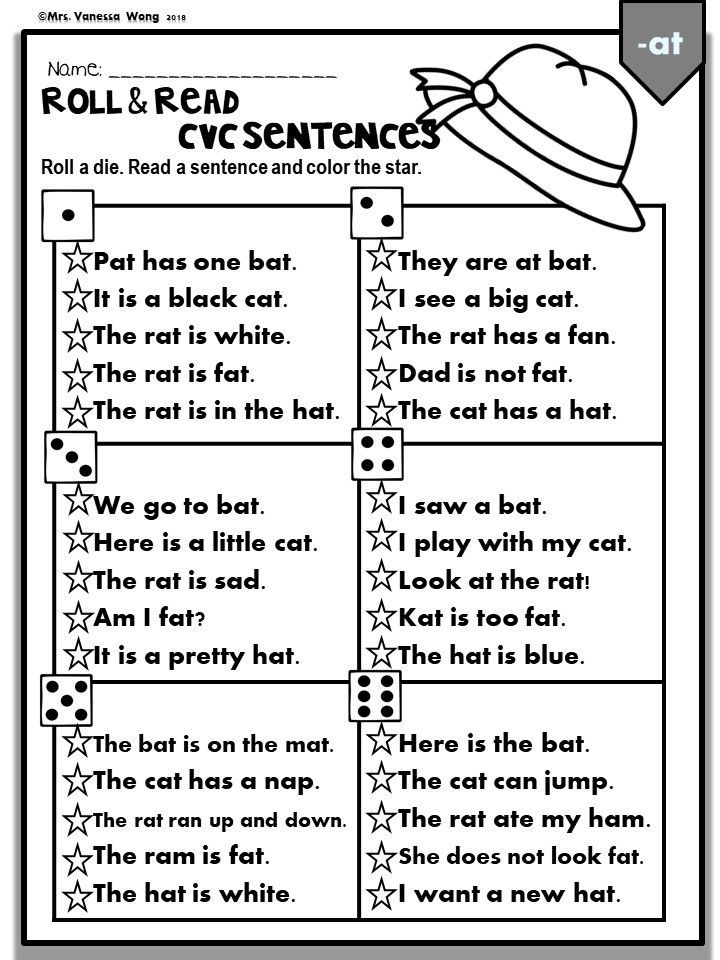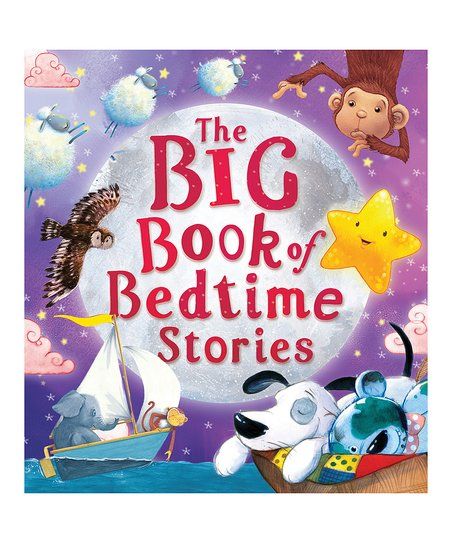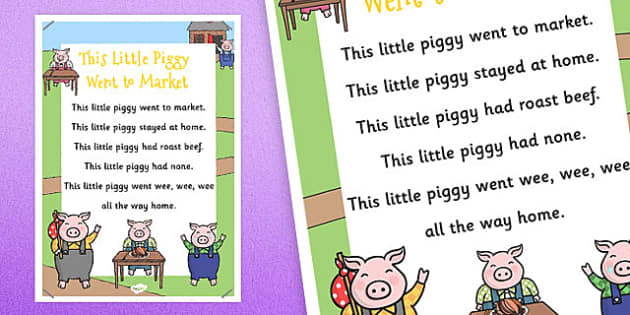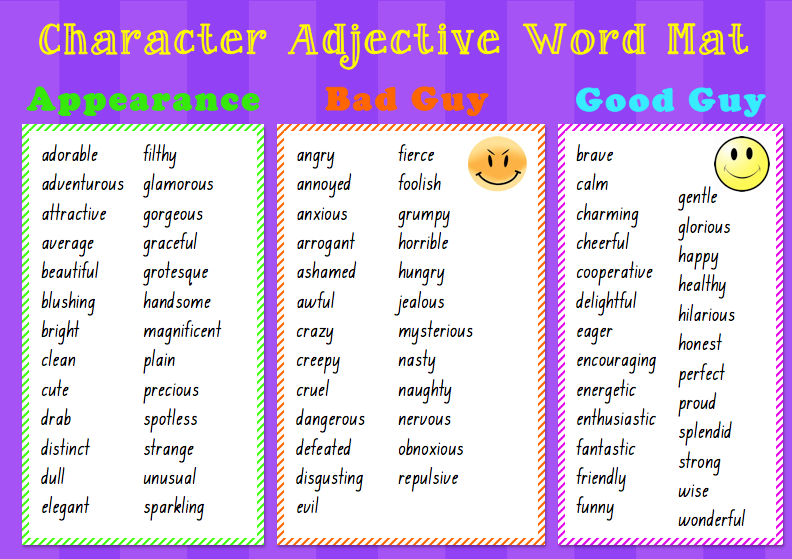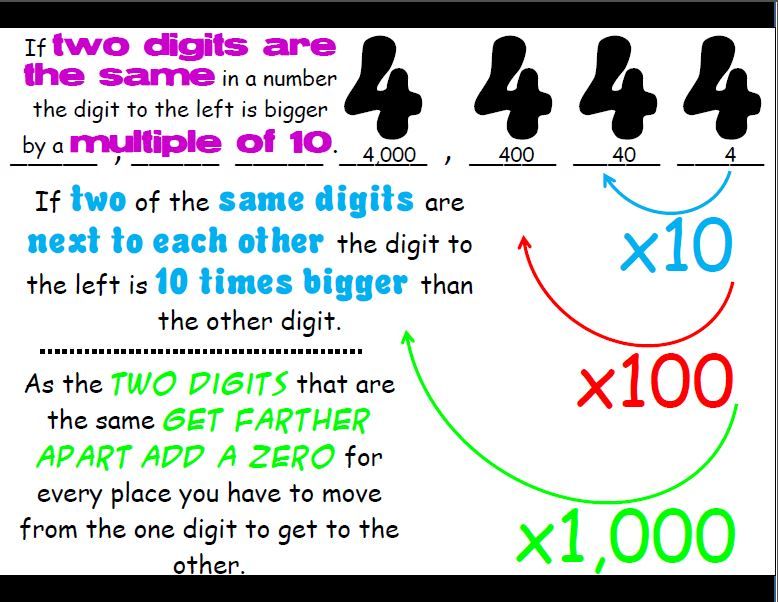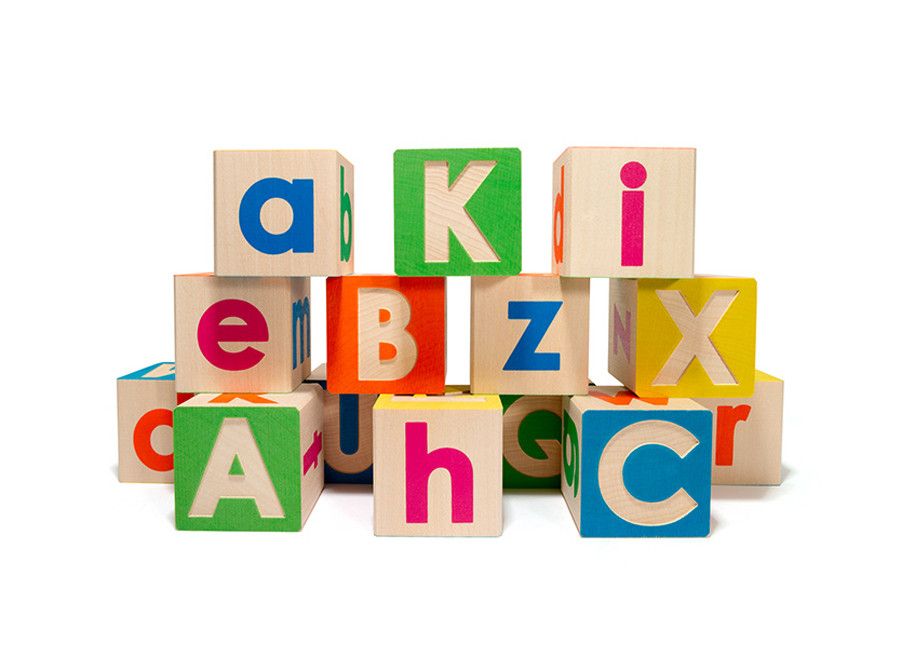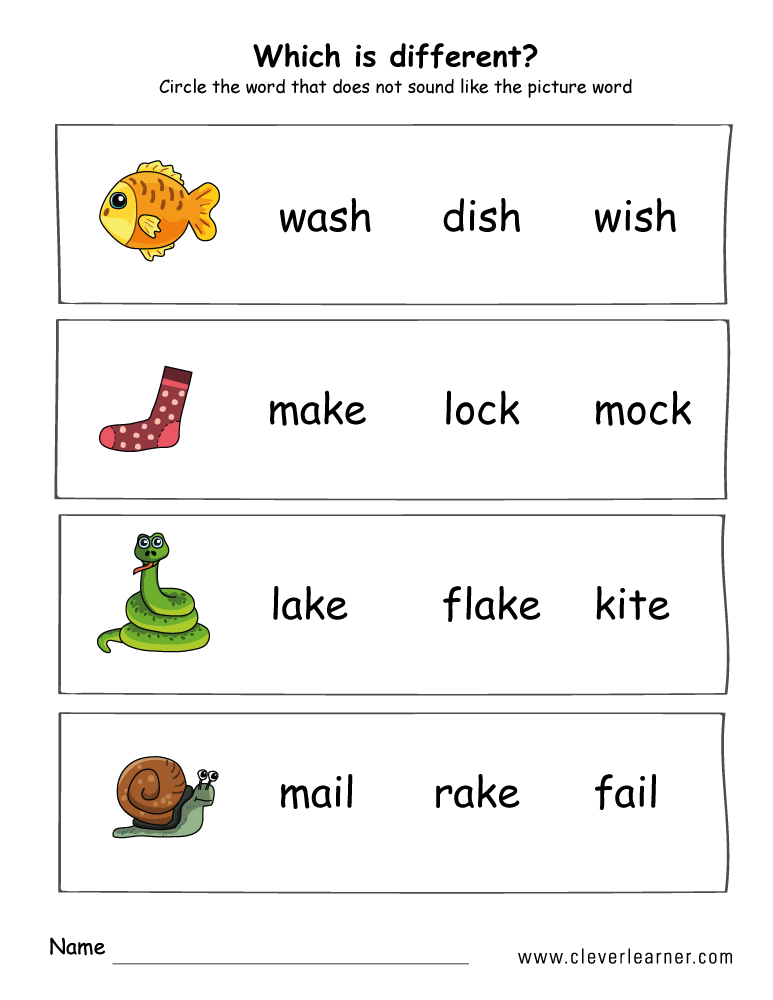How to teach kindergarteners sight words
The Best Tips to Teach Sight Words to Kindergarteners
31 shares
- Share
- Tweet
It’s important for beginning readers to develop a bank of sight words to support their early reading. If you’re wondering how to teach sight words to kindergarteners and preschoolers, it’s a task that can be done, but it will definitely take time. Read on for some great tips to get them started early.
What are Sight Words?Sight words are also referred to as “high frequency words” because they are words that appear most frequently in texts.
Some examples of early sight words are “the,” “I,” “a,” and “am.” As children progress with their reading, they can begin to work towards recognizing longer sight words, such as “they,” “said,” “where,” and “have.”
The goal is for children to recognize sight words instantly, without needing to devote much effort to sounding them out. This frees up their efforts for words that require more strategies to solve.
For example, a book written for a beginning reader may include the sentence starter, “I am” on each page, with endings such as “swimming” or “running” completing each sentence. Children with a well-developed bank of sight words can instantly and effortlessly recognize the words “I” and “am.”
This allows them to focus their word-solving strategies on the final word in the sentence. They may use strategies such as making the first sound and looking at the picture cue.
When to Teach Children Sight WordsNot every child is ready for sight words at the same time. Similar to talking and walking, learning sight words is a developmental stage that children begin at different ages. Usually, it should not be before about five years of age.
Before learning sight words, make sure the child developed pre-reading behavior. Once your child begins showing an interest in letters and words, it indicates that a child is growing closer to reading.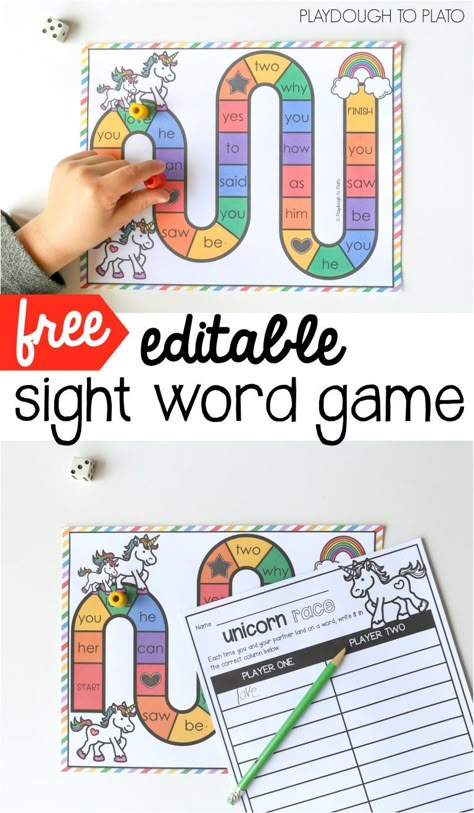
Children do not require to recognize every letter before they begin learning sight words. A few letters and their sounds will let them get started with pre-primer sight words.
How to Teach Sight WordsIt can take time for children to learn sight words depending on their age, motivation, and cognitive skills. However, teaching sight words with the right strategies can help any child to improve quickly.
If you’re looking for how to teach sight words to kindergarteners or preschoolers, here are some great tips and strategies to do so.
1. Start with a Small List of WordsIt is easy to find lists of sight words to begin introducing to young children. However, it is important that educators do not overwhelm beginning readers with long lists of words to learn.Start with one or two words that you would like to focus on. Give children many opportunities to practice these words and solidify their learning, before introducing more words.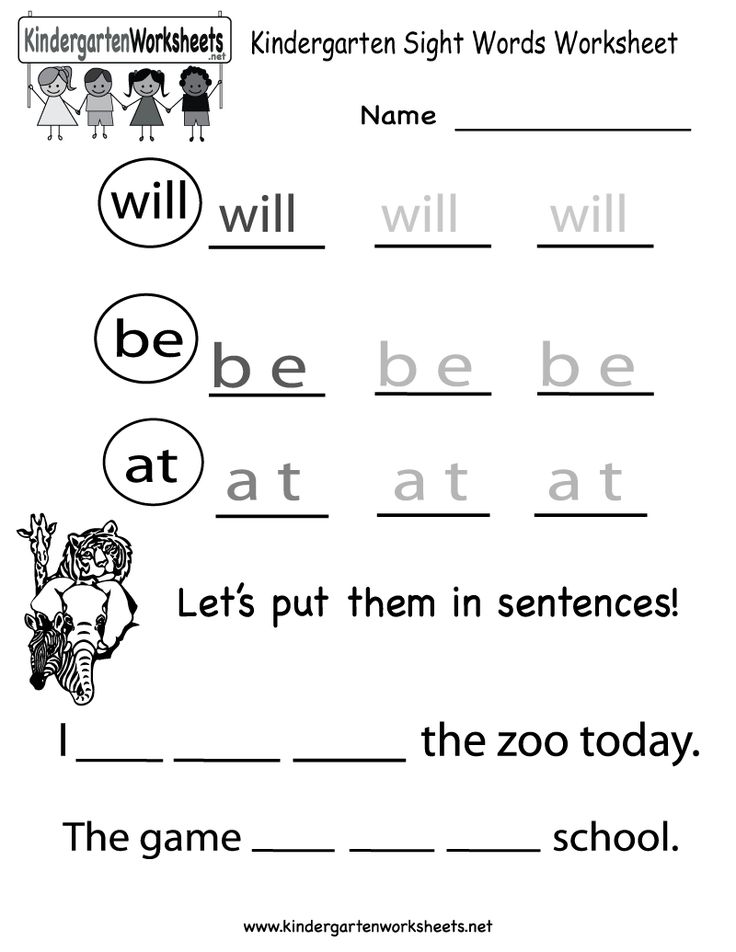
Children can be motivated to learn sight words that hold personal significance to them. For example, a child may enjoy learning how to read the word “mom” or “dad.”
Also, achieving quick success with sight words can motivate children to keep reading. Learning sight words like “I” and “a” may be easier than other words and give children an instant boost in their reading confidence.
3. Don’t Introduce Visually Similar Words TogetherKeep in mind that children who are learning to read may find visually similar words confusing. For example, it is not uncommon for beginning readers to mix up the words “the” and “here.”
To cut back on the confusion, do not introduce visually similar words at the same time. Also, make sure that children have a solid recall of the first word before introducing the second.
4. Practice Makes PerfectAs you introduce new sight words, it is very beneficial to continue revisiting previously learned words.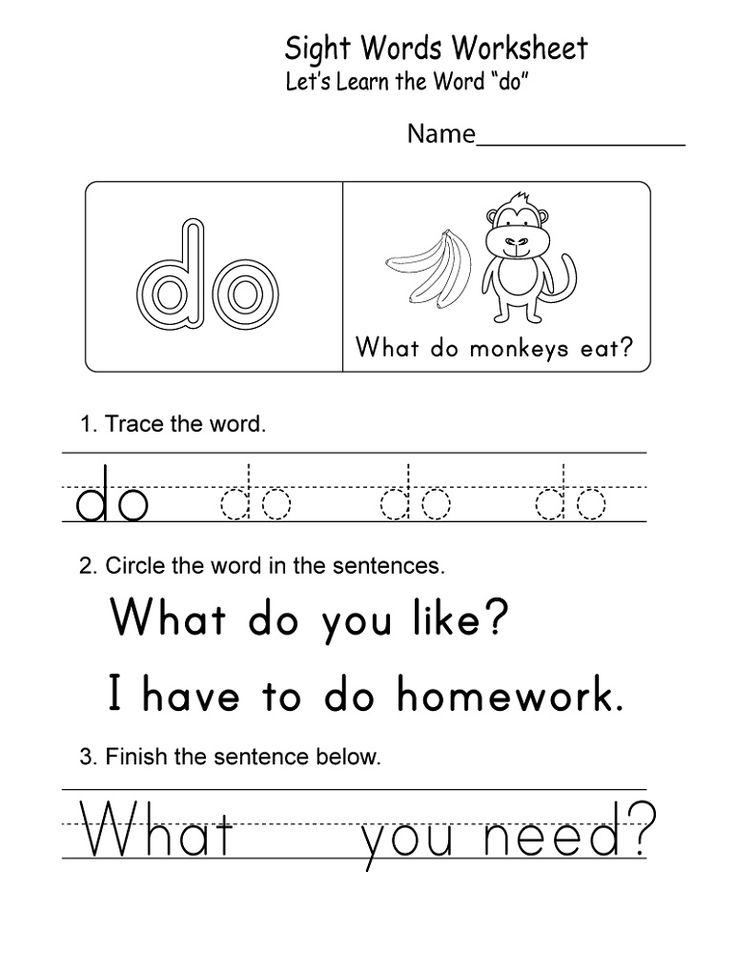 Even if they seem to have mastered a word, once you introduce new words, they may forget what was previously learned.
Even if they seem to have mastered a word, once you introduce new words, they may forget what was previously learned.
Continue to go back and reteach or quiz your children on previously learned words to make sure that they still remember them.
Worksheets can provide children with a variety of ways to review their growing bank of sight words. Coloring, matching, writing, and reading activities all help to solidify their sight word recognition.
5. Use Books for Carry OverA key component of learning sight words is to recognize them in context. Some children may be able to identify a sight word within a list of words or on flash cards, but when it comes up in a book, they have trouble.
Children should be exposed to a variety of books at their current reading level that include sight words you have been practicing. Choosing “just right” books is important.
Asking children to read books that are far too difficult can create frustration.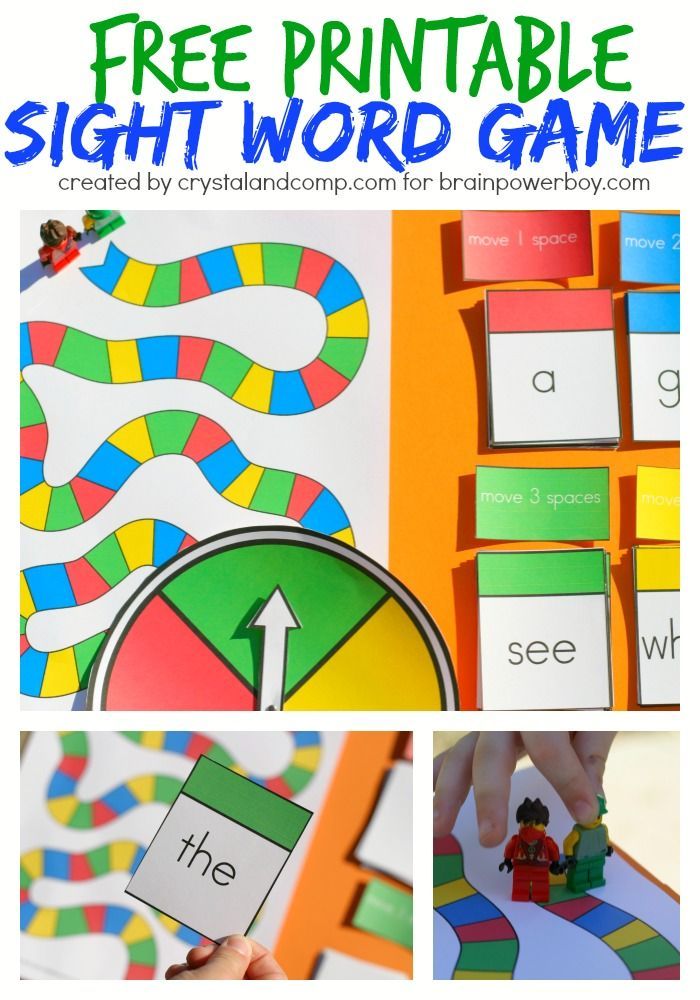 To learn new words, practice word-solving strategies, and sight word recognition, children need experience reading books at their instructional level – not too hard, and not too easy.
To learn new words, practice word-solving strategies, and sight word recognition, children need experience reading books at their instructional level – not too hard, and not too easy.
As you introduce sight words, pair them with books that are filled with the words you’re focusing on. There are many texts written specifically for beginning readers that use patterns and repetition to teach sight words.
The goal is to provide children with lots of exposure to the new words and to do so in a context where they can achieve success.
Beginning readers should read the same book more than once, providing them with more opportunities for practice and to develop confidence in their reading.
6. Pair Reading and Writing with Sight WordsAnother great strategy for how to teach sight words is to take advantage of the relationship between reading and writing. When children learn how to write a word, they can typically read it as well.
As you’re teaching sight words and incorporating the use of levelled texts, consider ways to involve writing as well. One way is to use a sentence stem from a book children have just read.
One way is to use a sentence stem from a book children have just read.
Using the earlier example of a patterned text that begins each page with “I am,” children could write their own “I am” sentence after reading the book. This provides them with practice writing two sight words.
Letting them choose their own ending for the sentence allows them to personalize their writing. Some children may wish to go a step further than writing one sentence and can create their own “I am” book.
7.
Use Sensory Items For Writing Sight WordsPreschoolers and kindergarteners may enjoy exploring different modalities to write words. Have them experiment with chalk, whiteboard markers, or pastels.
They can also practice writing their words in salt trays, shaving cream, or sand. In addition to writing sight words, children can build the words using materials like magnetic letters, letter tiles, or stamps.
8.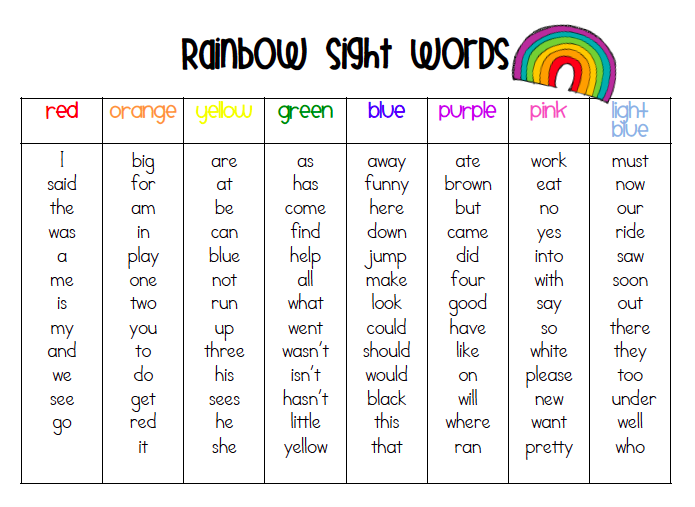 Use Visual Cues (Word Wall)
Use Visual Cues (Word Wall)A great tool to help children remember how to write sight words is a word wall. This is a visual display of words they have been introduced to.
Word walls can be put up on a wall or bulletin board or can be a small, personal chart kept at a child’s table or desk. It’s important to make sure that words are displayed clearly, with the letters formed correctly. Beginning readers and writers can find fancy print confusing.
Word walls are also a great way to keep track of which sight words you have introduced. They also provide another way for children to review their words.
9. Sight Word GamesAfter introducing a new word, we don’t want to abandon it before a child has had adequate opportunities to solidify its recall. Sight word games are a great way to teach sight words by reviewing and adding new words.
One example of a sight word game is Memory. Each word needs to be written on two flashcards.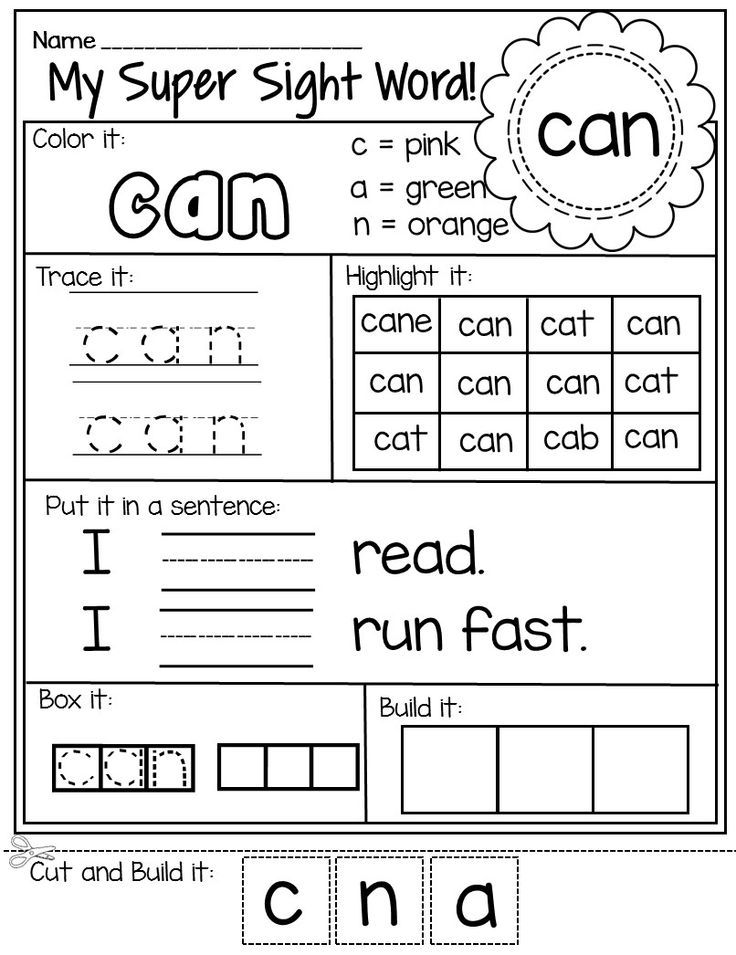 All the flashcards are turned over, face down.
All the flashcards are turned over, face down.
Each player takes turns choosing two cards. If they match, the player keeps the cards and gets another turn. If they don’t match, the player flips the cards back over and the next player has a turn.
The game ends once all the cards have been matched. The winner is the player with the most matches.
Another simple sight word game is Zoom. A sight word is written on each flash card. The same word can be written on a couple flashcards if you like.
The word “zoom” is printed on several flashcards. Players take turns choosing a card from the deck. If they choose a sight word, they read the word then place the card in their own pile.
If they choose a “zoom” card, they get to steal everyone’s cards. Once all the cards have been chosen, the player with the biggest pile wins.
Sight Word Bingo is another way for children to review their sight words. Bingo cards made for dry erase markers can be reused but paper and pencil also works.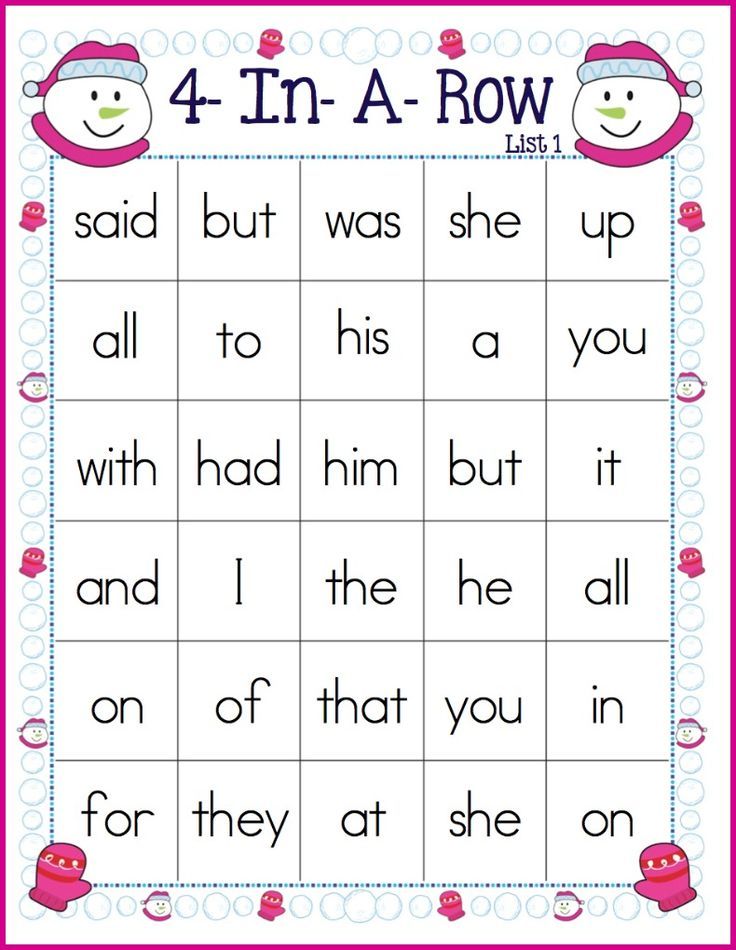
Each player needs a bingo card that has a different sight word in each box. You also need a deck of flashcards with each word written on a card.
One person chooses a card and reads the sight word. The players look at their bingo card to see if they have the word, If so, they check it off.
Cards continue to be chosen until a player gets “bingo.” This may be one line of words, words that create an “X” on the card, words in the four corners of the card, or even every word on the card.
Introducing children to sight words is an essential part of teaching them to read. Watching their bank of known words develop is exciting to see! As they accumulate more words that they can instantly recognize, their confidence in both reading and writing will grow.
Now that you know how to teach sight words to kindergarteners and preschoolers, you can get your children and students learning and reading in no time! Be consistent with the above strategies and they’ll love learning to read and write.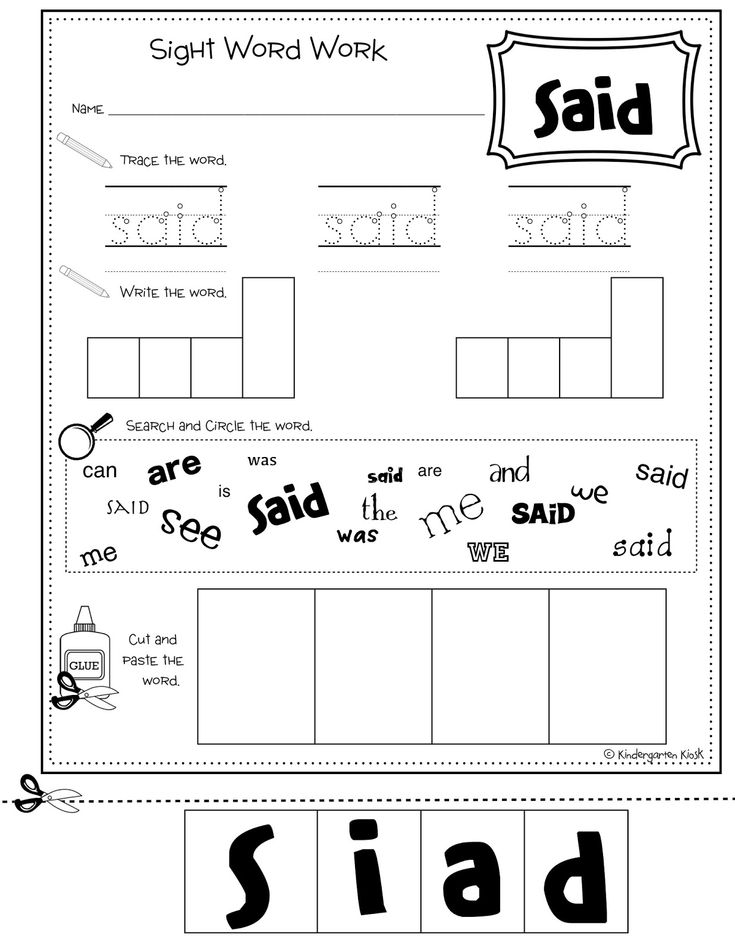
Author Bio
Alesia is a founder of PrimaryLearning.org, an educational website that helps elementary school teachers and homeschool parents with hands-on worksheets, activities and thoughtful articles.
Related posts:
How to Teach Sight Words: Tips For Kindergarten Teachers
Home » How to Teach Sight Words: Tips For Kindergarten Teachers
Are you wondering how to teach sight words? You know that just practicing and memorizing them isn’t that helpful. So, what can we do to liven things up? We’ve gathered together our best tips. Perfect for kindergarten and homeschoolers. Click through to get our ideas.
One of the hot topics in the Simply Kinder Facebook group is teaching sight words. And no wonder really. Love ‘em or hate ‘em, we all have to teach sight words.
This Resource Works Well With
Why Is It Important For Students To Learn Sight Words?Before we start, let us go over the basics. Why do we even bother teaching sight words? Phonic instruction is important for early readers, but so are sight words.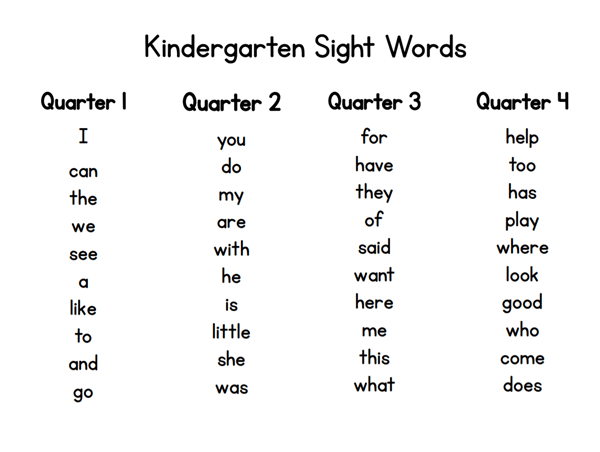 Sight words are high-frequency words. This means that they appear in the most text more often. Some of these words follow phonics patterns, and some of them don’t.
Sight words are high-frequency words. This means that they appear in the most text more often. Some of these words follow phonics patterns, and some of them don’t.
We want our students to get to the point where they recognize these words without having to sound them out. Teaching these words helps our students read more fluently. But more importantly, it helps them experience success in their reading. And they will be reading a lot in Kindergarten. Making that a positive experience is vital.
How to teach sight words to children?There is no one way that seems to work over all the others. Every child is different and will respond to different approaches. One strategy that works for readers is teaching them the phonics part of reading. There are so many common patterns in sight words like open and closed syllables that will help your students be successful.
The one thing that does make a huge difference is to practice, practice, practice. The more our Kinders see and use those words, the more fluent they will read them.
We’ve gone to the teachers in the Facebook group and scoured the Internet to find out the best tips for teaching sight words. Are you ready to begin?
Our Best Tips For Teaching Sight Words
1. Practice them every day with these three basic steps.
2. Use our simple Sight Word Books: Each book highlights one sight word and uses a predictable pattern. This makes it easy for students to read and experience success. The bundle also includes worksheets, so the children can practice using the words.
3. Reinforce with Games: It takes a lot of practice to learn a sight word. We have loads of sight word games to make it fun. Try
- Editable Fall and Winter Games
- Mining For Sight Words
- Sight Word Train Center
- Egg Basket Sight Word Game
More Games
4. Play Kaboom! (suggested by Grace Goodson Johnson): Here is a DIY game that is very easy to prepare.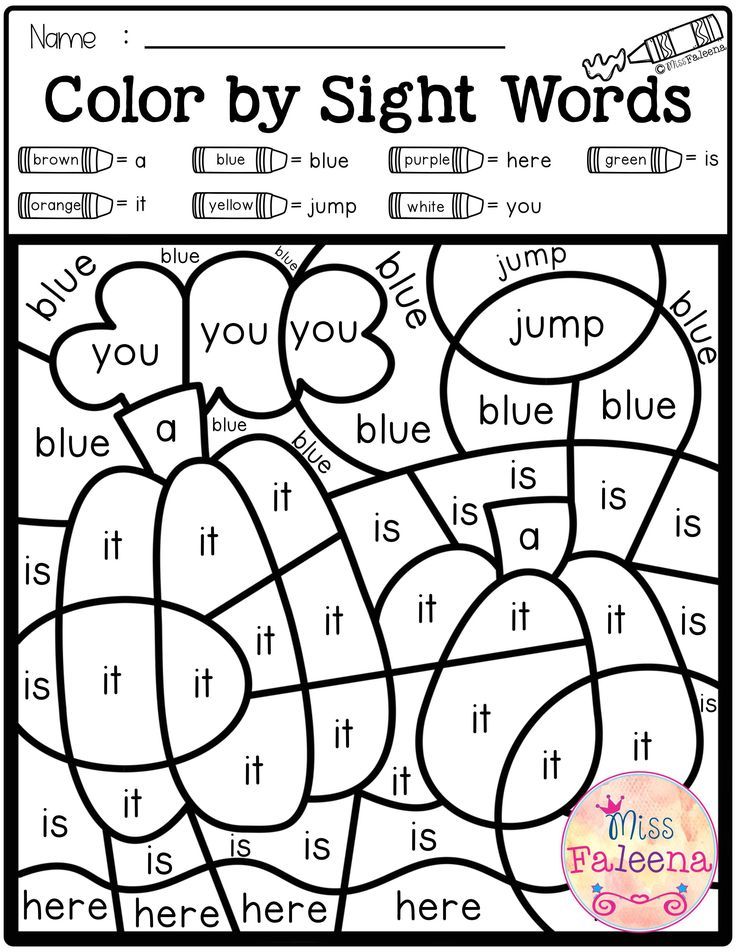 All you will need is some craft sticks and a permanent marker.
All you will need is some craft sticks and a permanent marker.
5. Roll a word: Another DIY game that kids love. Tape a square box closed and write one sight word on each side. Kinders roll the dice and read the word. That’s all there is to it! Sometimes the simplest things work the best.
6. Jenga sight words: You will need to find/buy a Jenga game. Write one sight word on each block (use a permanent marker). Play the game, but each time your Kinders pull out a block they have to read the word.
sight word path7. Make it Active: Kinders have a lot of energy to spare. Anything that pairs movement and learning is going to be a big hit.
- path of sight words
- sight word snowball fight
- Sight word high five
Writing and Manipulatives
8.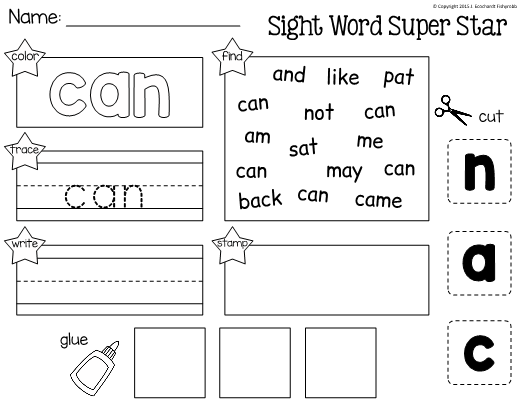 Use Sight Words In Writing: Your students will benefit from using the words they learn. The act of writing helps reinforce the phonemes and builds muscle memory.
Use Sight Words In Writing: Your students will benefit from using the words they learn. The act of writing helps reinforce the phonemes and builds muscle memory.
- Pattern writing on desks
- Sight Word Writing Activity and Game
- Writing in shaving cream (put on desk or on cookie sheets and students write words with fingers)
- Writing in sand
- Read it, write it, glue it worksheets
8. Teaching Sight Words With Manipulatives: Manipulatives are fun and can liven up learning.
- Sight Word builders and Rocks Game
- Sight Word Snap Block Center
- Build words with letter tiles or magnetic letters.
- Stamp them using alphabet stamps.
- A sight word activity using mini erasers
Practice Makes Perfect
10. Re-visit sight words constantly. As they say, practice makes perfect and repeated exposure will eventually make the word stick. Children need loads of practice reading and writing sight words before they finally learn them. Do this by introducing sight words in many ways. Check out our ultimate list of sight word activities.
Do this by introducing sight words in many ways. Check out our ultimate list of sight word activities.
11. Try a sight word app: Have you discovered the Sight Word Ninja app yet? It is an inexpensive and great way for students to practice, particularly struggling readers!
Related: The Best Free Kindergarten Apps for reading
Songs and Videos
12. Sing them: A lot of teachers in the Simply Kinder group recommended Heidi’s Songs. It is quite an investment, but worth considering if you have a parent offering to buy something for your classroom.
13. Sight word of the day song: Here is a free alternative for those of us that can’t afford to buy the songs right now. This brilliant idea came from Stacey Elizabeth in the Simply Kinder Facebook group. We will use the sight word could, but feel free to substitute any word of your choice.
Sung to the tune of B-I-N-G-O
There was a sight word of the day and could was our sight word.
c-o-u-l-d, c-o-u-l-d, c-o-u-l-d,
And could was our sight word.
Write the song out on newsprint or whiteboard and leave gaps where the word should go. Print the words on paper, cut out and add them to the song each day.
This works brilliantly for 5 letter sight words, but you can use words with a fewer letters. Just adjust the timing of the song.
14. Use You Tube Videos: There are loads of free sight word videos on Youtube. Here’s two of our favorites
15. Use Pinterest: Pinterest is a goldmine of ideas. Check out my Sight Word Pinterest board
Sight Words
These are our best tips and we know that we will be adding to the list as we find more, so you may want to pin this post.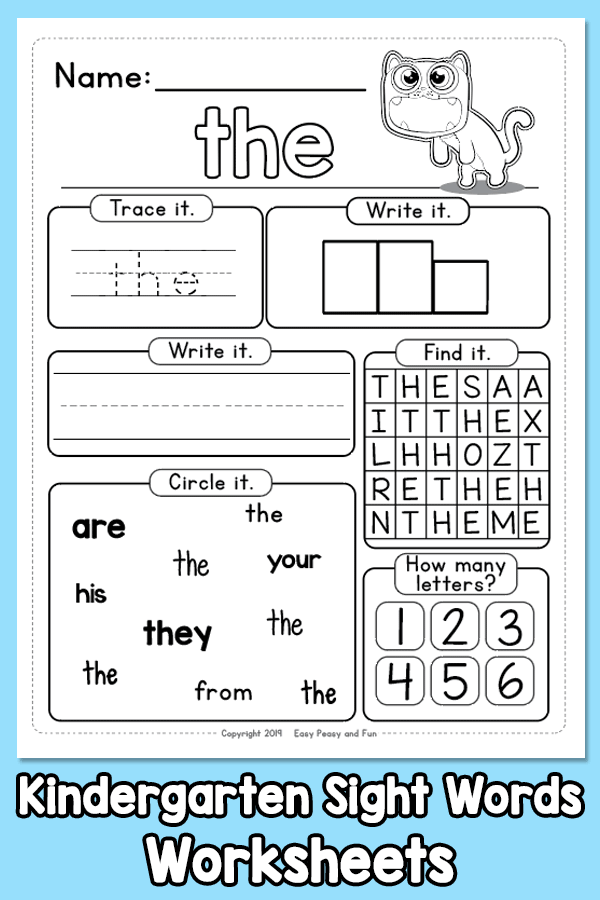
Your Turn
How do you teach sight words? Do you have a brilliant tip to share?
At Simply Kinder we work together to bring you ready-to-use resources to partner with great teaching for any curriculum, a Facebook community where teachers talk all things Kindergarten, and low-prep learning ideas that your students will love. Be sure to stay up to date with all things kindergarten on Instagram, Facebook, Pinterest, and through email. Simply Kinder: where teaching Kinder is definitely better together!
90,000 kindergarteners march in military uniform 90,001 90,002 90,003 On the eve of Victory Day, a parade of "preschool troops" was held in several Russian cities. Children in military uniforms with dummies of American machine guns took to the procession in Pyatigorsk. In Chekhov, near Moscow, Ivanovo and the Stavropol Territory, children marched in the form of various branches of the military. According to the website of the administration of Pyatigorsk, children dressed as infantrymen, tankers, pilots, sailors, gunners and nurses marched across the square near the Eternal Flame.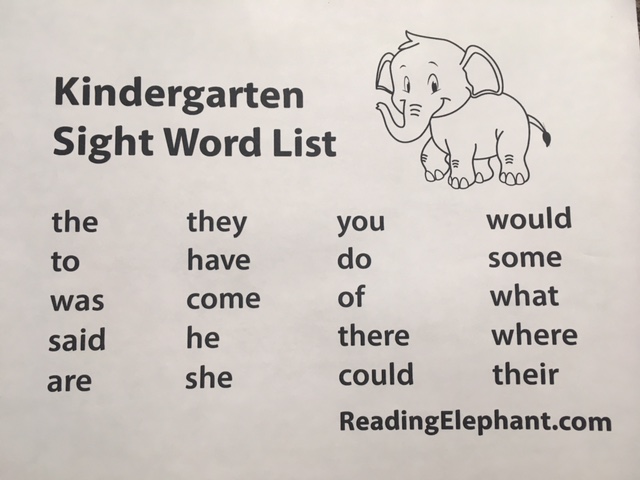 In total, about 500 kindergarteners took part in the parade.
In total, about 500 kindergarteners took part in the parade.
Kindergarten parades look like a circus show
The parade caused mixed reactions. While some parents posted enthusiastic posts on social networks with photos of their children in military uniforms, others criticized the local administration for using children in events for show.
Sofia Popova from Pyatigorsk did not allow the child to participate in the parade. According to her, such events blur the meaning of victory. “Children do not understand the meaning of the event they are participating in. When they learn a poem about the war, they are at least explained the meaning of the words, they are told stories. When preparing for the parade, attention is paid only to external paraphernalia,” says a resident of Pyatigorsk. She adds that children should be taught about various aspects of the war, then such activities will make sense. It must be explained that war is always associated with human casualties.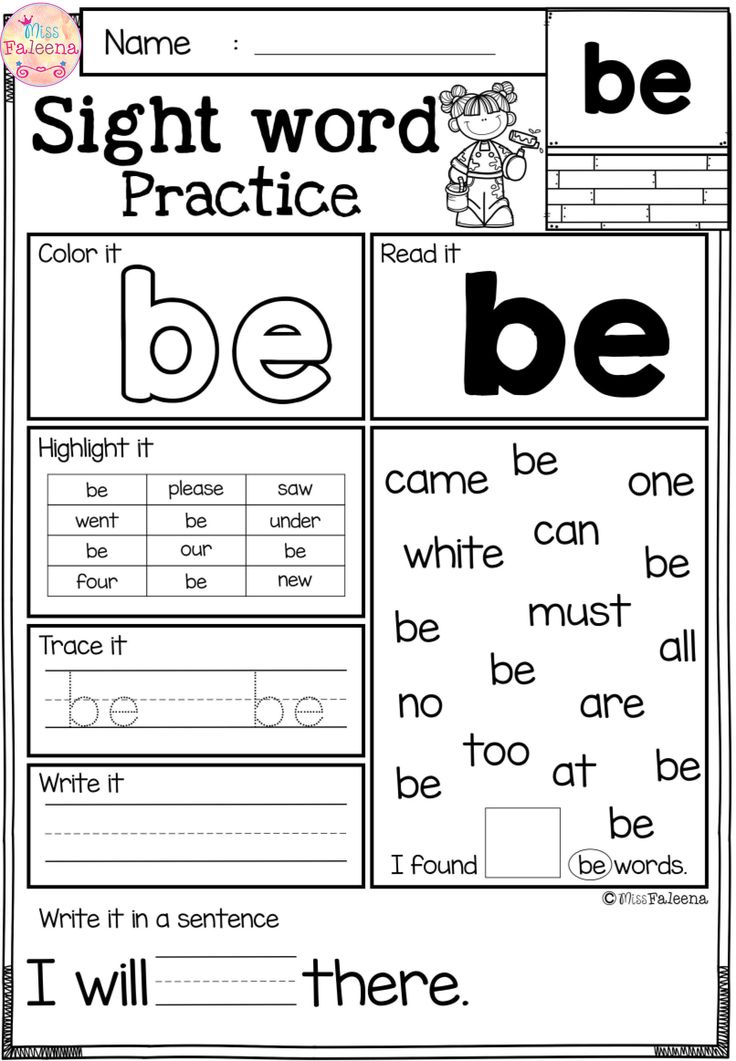 “Now the parades of kindergarteners look like a circus show, where the mayor of the city is present and clapping his hands,” says Popova.
“Now the parades of kindergarteners look like a circus show, where the mayor of the city is present and clapping his hands,” says Popova.
Nadezhda, whose child participated in the event, on the contrary, believes that without such parades, children will not be able to learn the history of their country. She said that all the preparations for the event took place in kindergarten. There, the child was told about the war and why Victory Day is considered an important holiday in Russia. “In the family, we didn’t talk much about the war. Our child already knows that Nazi Germany attacked Russia, and our ancestors had to defend themselves. Unfortunately, children today form an idea of \u200b\u200bthis day as a holiday, and not some an important event in the history of our country," says Nadezhda. This is primarily due to the fact that today there are almost no people left who survived the Great Patriotic War and can talk about it, a resident of Pyatigorsk believes.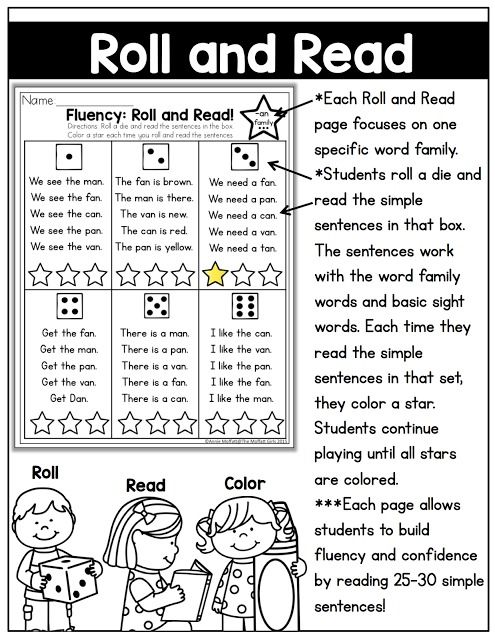
Those who organize such events - methodologists and kindergarten leaders - predictably insist that children's parades are very useful for "patriotic education."
In Chekhov, near Moscow, preparations began for the kindergarten parade at the end of February. According to the educational methodologist Olga Guskova , this procession in the city was held in the form of a competition. It was attended by 16 teams, consisting of pupils of senior and preparatory groups.
We came up with various nominations, for example: "peaceful sky", "forward to victory"
"We hope that thanks to such an unobtrusive reminder, children will better understand what war is and what kind of holiday is celebrated in Russia on May 9 Through such events, we instill in children a sense of patriotism and pride in their homeland,” Guskova adds.
There are no winners or losers in the competition. Each kindergarten eventually wins in a certain category, says another methodologist Olesya Klimantseva .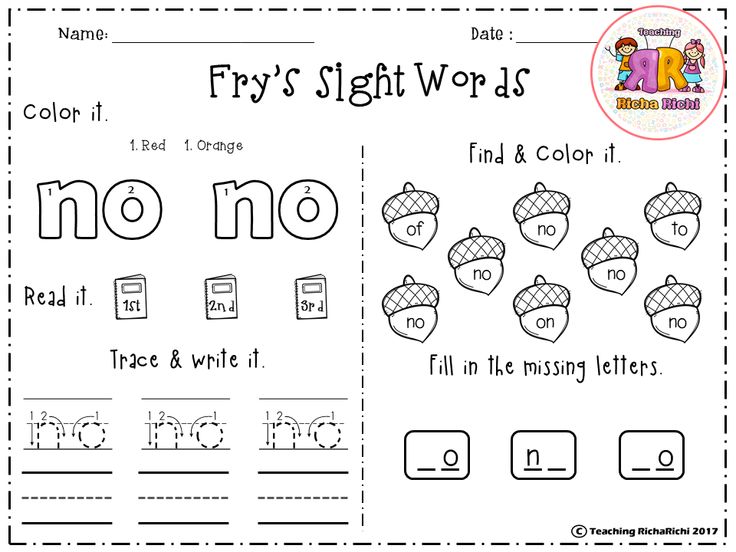 "It is impossible to single out one winner among preschool children, so we came up with various nominations, for example: "peaceful sky", "forward to victory", "glorious sons of the fatherland". We decide in advance which team will win in which nomination, and we prepare cups for everyone participants," explains Klimantseva.
"It is impossible to single out one winner among preschool children, so we came up with various nominations, for example: "peaceful sky", "forward to victory", "glorious sons of the fatherland". We decide in advance which team will win in which nomination, and we prepare cups for everyone participants," explains Klimantseva.
"We have never encountered the fact that parents are against the participation of children in the parade. Our costumes contain only elements of military uniforms, but if this seems inappropriate to parents, no one will force them. This is not a tribute to fashion, but a tribute," says Klimantsev.
In the Stavropol Territory, parents also supported the idea of a parade for preschoolers, says Irina, director of the Semitsvetik kindergarten in the village of Krasnogvardeyskoye. According to her, the event has been held for the second year. This year, all groups agreed to participate, except for the nursery.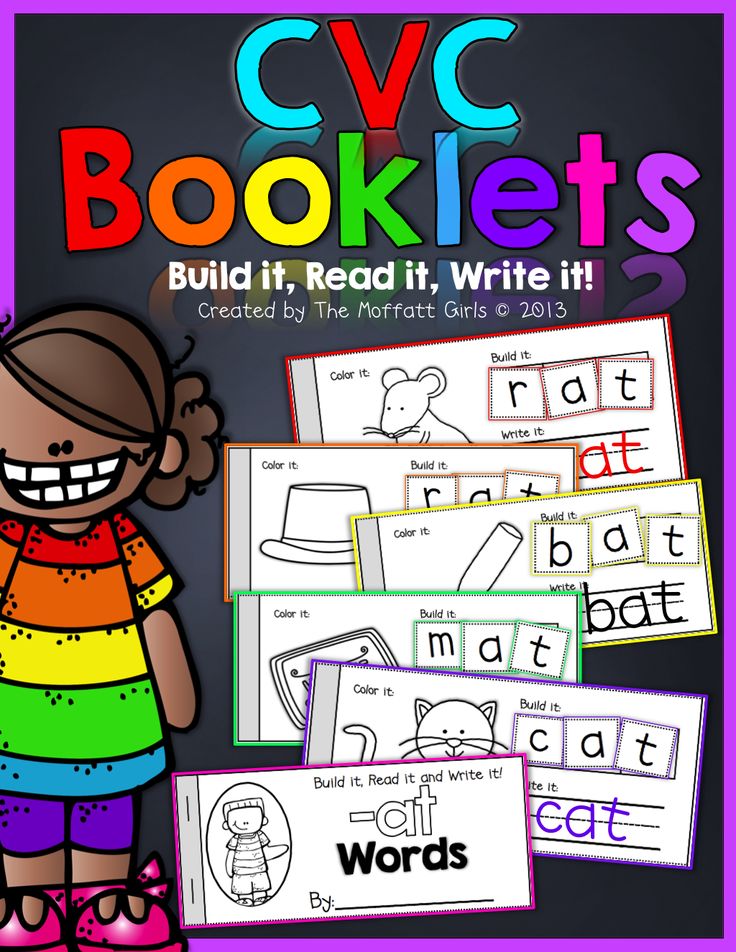
"Patriotic education is not only an important aspect in preparation for May 9, it is something that is present in the educational process every day. Children know about the war: they watch patriotic films, make crafts. Even the smallest pupils were explained what war is , showed pictures and talked about different types of troops. Only after that the guys decided what kind of troops they would wear," says Irina.
Similar events on the eve of Victory Day were also held in Rostov-on-Don and Sevastopol. According to Kommersant, such a parade has been held in Rostov-on-Don on an ongoing basis for several years in a row.
Military uniform is an attribute of death
But there is another way of looking at the participation of children in militaristic holidays. Maria Zelenova , crisis and clinical psychologist of the ANO BO "Zhuravlik", believes that the participation of children in the parades timed to coincide with Victory Day is associated with "romanticization and embellishment of the war.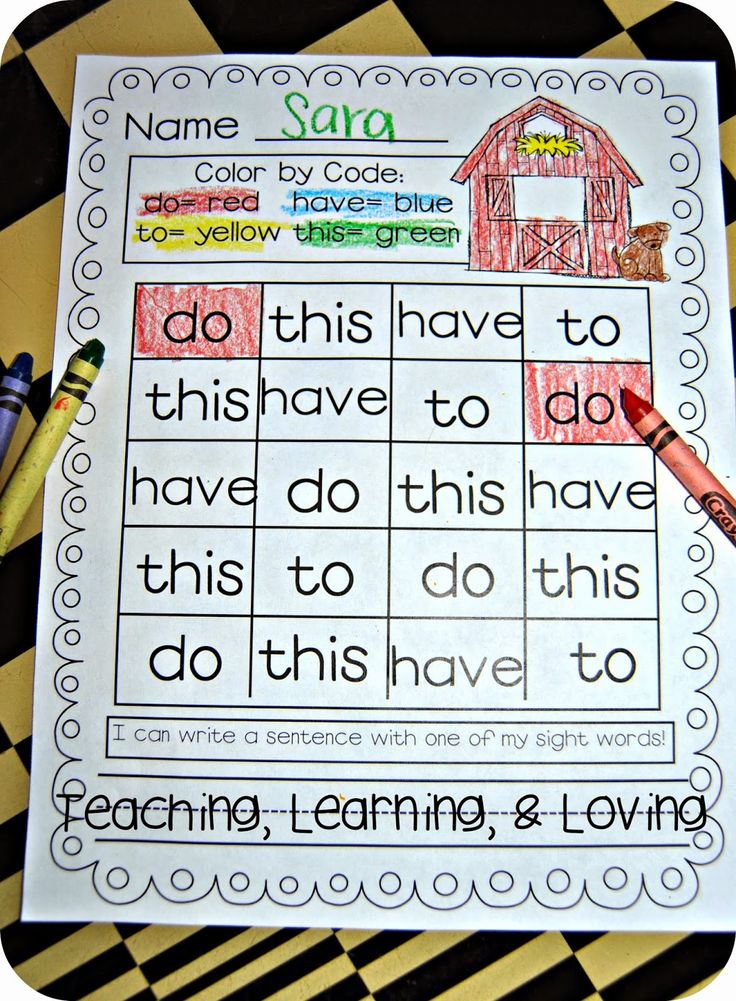 "
"
- It's sad that children are being drawn into this format of victory celebrations, because war is death first of all: graves, cripples, ruined lives. People do not choose war of their own free will, it is an involuntary necessity. It is hardly worth teaching children to the ideologically imposed position that war is good, and ancestors should be honored by following their path. In fact, not a single person who went through the war wants to see his descendants in the same conditions against which he fought. It is better to celebrate all the same life, victory and the end of the war. And in no case do it in military uniform, which is an attribute of death. It is very important that children realize this, because war is blood and pain, not a holiday,” says Zelenova.
At the same time, the psychologist is sure that the topic of war should not be a taboo in the family. Children must be told about the various aspects of the war, the price of victory. The best way to do this is through personal stories that are in almost every Russian family.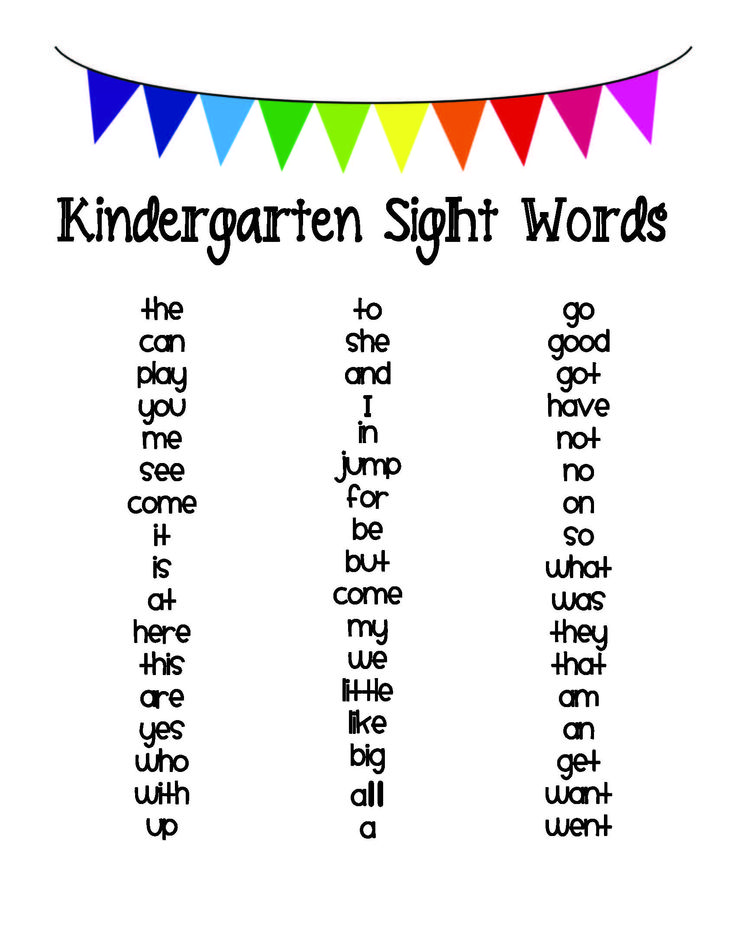 “Children need to be told what their ancestors did when the war ended. It is necessary to explain that relatives fought so that there would be no more war. Thus, the memory of their ancestors will be preserved, and children will learn to save life and fight for it,” Zelenova clarifies.
“Children need to be told what their ancestors did when the war ended. It is necessary to explain that relatives fought so that there would be no more war. Thus, the memory of their ancestors will be preserved, and children will learn to save life and fight for it,” Zelenova clarifies.
According to Natalia Zorka, leading researcher at the Department of Socio-Political Research at the analytical center "Levada Center" , the tendency to use children for political purposes is not new to authoritarian regimes. Previously, only young people were forced to participate in parades, now children are also included in this process:
- All this is happening under the influence of the militarization of consciousness, because in Russia's foreign policy now belligerent and tough rhetoric, forcing the feeling of a besieged fortress. And at this moment, the celebration of the victory should once again show the strength of the spirit of our people, who defeated Nazism.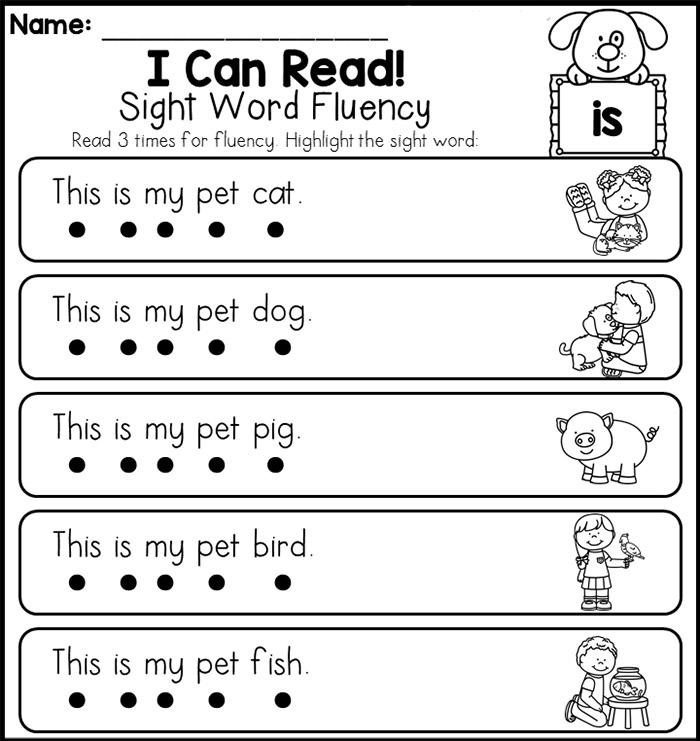 The use of children goes beyond what is morally acceptable. The same border crossing was the usurpation of the Immortal Regiment idea by the authorities, which appeared as an initiative of personal, family memory,” Zorkaya believes. According to her, the authorities “intercepted” the idea of the Immortal Regiment and turned it into events bring people
The use of children goes beyond what is morally acceptable. The same border crossing was the usurpation of the Immortal Regiment idea by the authorities, which appeared as an initiative of personal, family memory,” Zorkaya believes. According to her, the authorities “intercepted” the idea of the Immortal Regiment and turned it into events bring people
The topic of the cost of war is not raised at all
Zorkaya believes that the militarism imposed by children's parades strongly contradicts the values that are now preached all over the world: humanity, solidarity, kindness, mutual assistance. The use of military paraphernalia in children's costumes is a signal of militarization and dehumanization:
– You need to talk to children about the war. However, it is necessary to talk about its various aspects. Victory is constantly emphasized in parades, but the topic of the cost of war and victims is not raised at all. Most people know more or less the history of the Great Patriotic War, but they don’t know at all that it was World War II.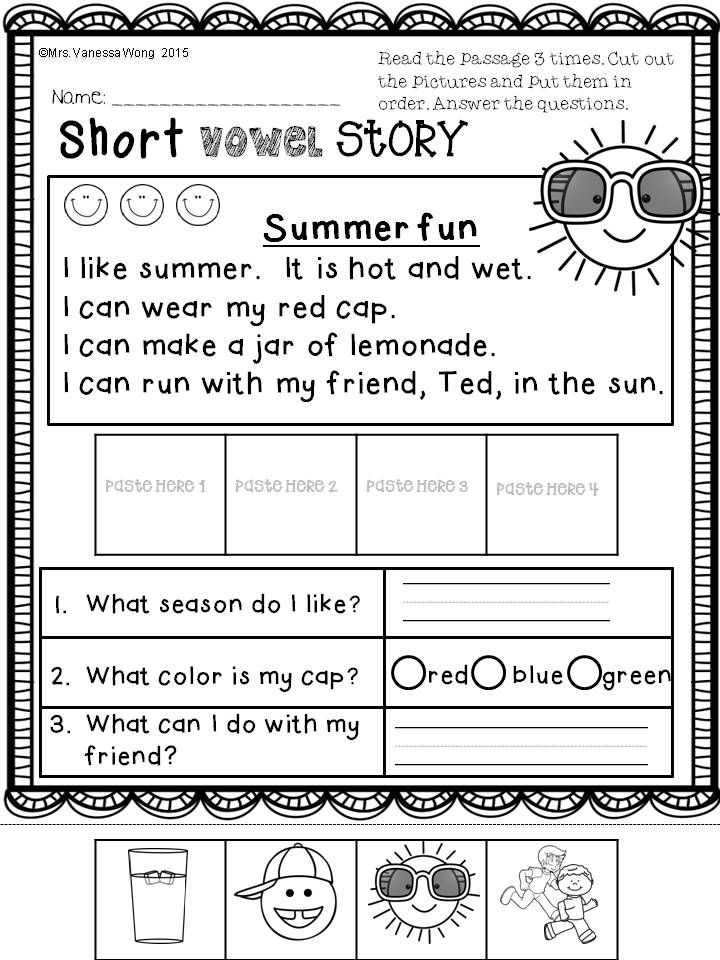 It is believed that in this way the child is instilled with a sense of the greatness of his country, which defeated Nazism. But this is a very primitive representation. War needs to be told differently at every age. Children need to be taught to love the language, culture, books, nature and history of their country, and history consists not only of war, Zorkaya adds.
It is believed that in this way the child is instilled with a sense of the greatness of his country, which defeated Nazism. But this is a very primitive representation. War needs to be told differently at every age. Children need to be taught to love the language, culture, books, nature and history of their country, and history consists not only of war, Zorkaya adds.
Lately, the militarism descended from above is increasingly affecting preschoolers. So, in 2017, the military-patriotic club "Reserve" was opened in kindergarten No. 115 of Cherepovets. Earlier, in the Krasnodar Territory, a military-patriotic circle "Jung" was introduced for kindergarteners.
Teaching reading to preschoolers. Learning to read
Your little one has learned the letters, actively adding syllables and small words. It's time to move on to more complex, but interesting tasks - reading texts. But here parents and teachers expect some difficulties. It is impossible to offer a preschooler text cards without taking into account the characteristics of age, the degree of development of the skill of syllable reading.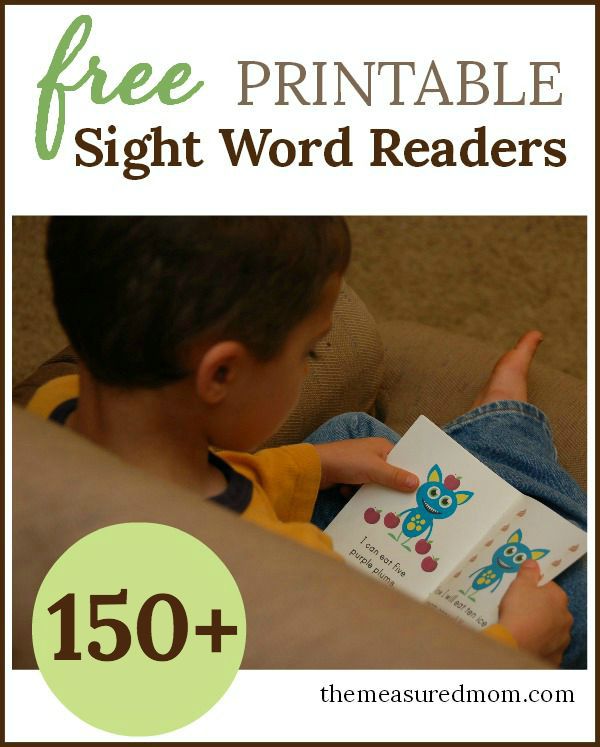 We will tell you in our article how to choose texts for reading for preschoolers, where to find and how to correctly print texts for reading by syllables for younger and older preschoolers.
We will tell you in our article how to choose texts for reading for preschoolers, where to find and how to correctly print texts for reading by syllables for younger and older preschoolers.
Age characteristics of preschoolers
Kindergarteners after 5 years are very active, mobile, inquisitive. They rapidly grow up, grow wiser, develop physically and mentally.
When preparing for school, parents and teachers should pay attention to the following age characteristics of children aged 4-7:
- The main need of kindergarteners is communication and games. Children ask a lot of questions to adults, themselves, peers. Learn by playing.
- Leading mental function - imagination, fantasy. It helps to show creativity.
- Emotions, impressions, positive experiences are important for further development, the desire to continue activities. Kindergartener 5-7 years old needs praise, support, lack of comparison with other children.
- Cognitive processes are actively developing: attention, memory.
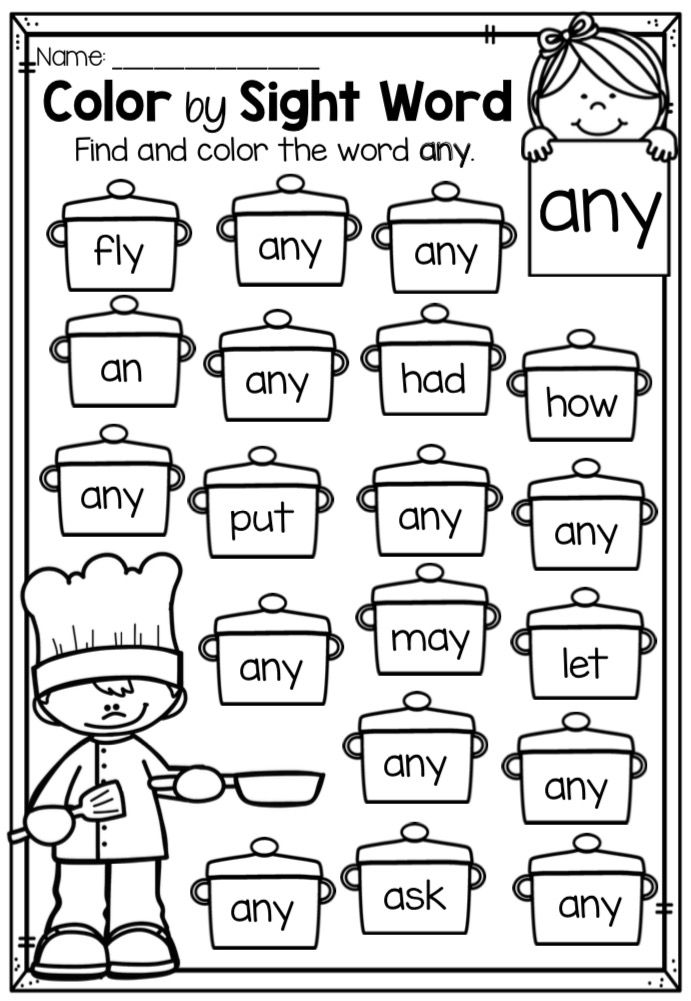 At 5-7 years old, preschoolers can remember and analyze a large amount of information. But you need to give it in doses, trying not to overload the children's brain in one lesson.
At 5-7 years old, preschoolers can remember and analyze a large amount of information. But you need to give it in doses, trying not to overload the children's brain in one lesson. - Speech becomes more developed. At the age of 5, the kid speaks in complex sentences, can pick up several synonyms for one word, knows a lot of poems, riddles, and several fairy tales by heart.
- Kindergartener wants to learn new things and learn. The kid is spurred on by curiosity, he is interested in everything new, unknown.
Consider the age and individual characteristics of preschoolers when choosing texts to read. In this case, the training sessions will be more effective.
How to work with texts
Reading poems, short stories for preschoolers - a new kind of work. The difficulty of completing the reading task lies in the fact that the kindergartener does not always understand the meaning of the passage. To avoid this, you need to approach the choice of material and methods of its processing correctly.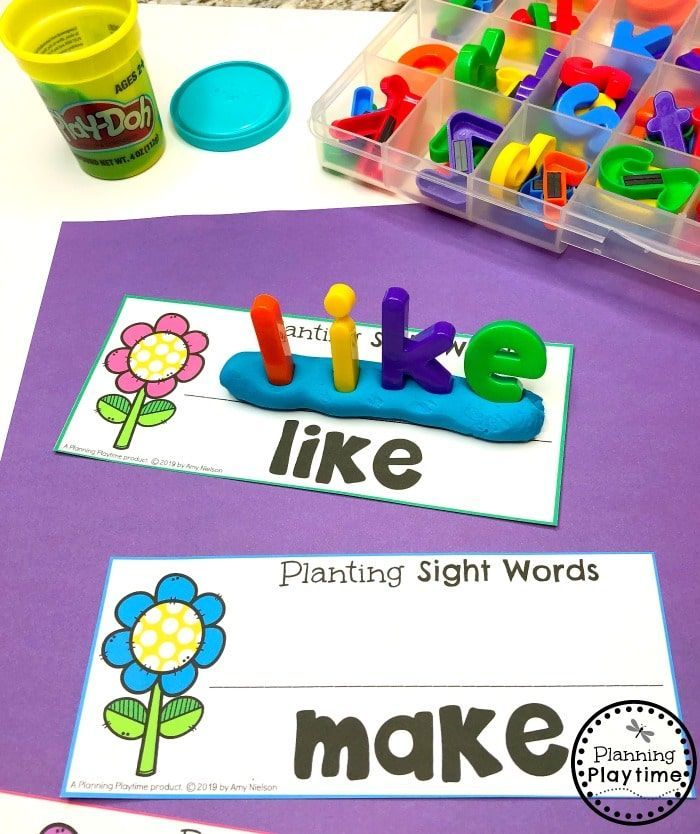 Build the learning process as follows:
Build the learning process as follows:
- Match the handouts to the student's age. For kids 4-5 years old, cards of 1-3 sentences, for older preschoolers - 4-5 sentences.
- Pay attention to the number of words in the sentences. There should be few of them. Simple texts for reading for preschoolers are easier to digest, but you can’t stay at an easy level for a long time.
- Move on to working with text cards after automating syllabic reading.
- Read in a chain in a group or together with adults in individual work.
- Do not rush the child. At the learning stage, reading comprehension is important, not the speed of reading and the amount of time spent.
Texts for children 4-5 years old
Preschoolers need special suggestion cards. Reading by syllables for children under 5 years old is best accompanied by text with pictures. For example, coloring pages with comments. Coloring will be an additional task.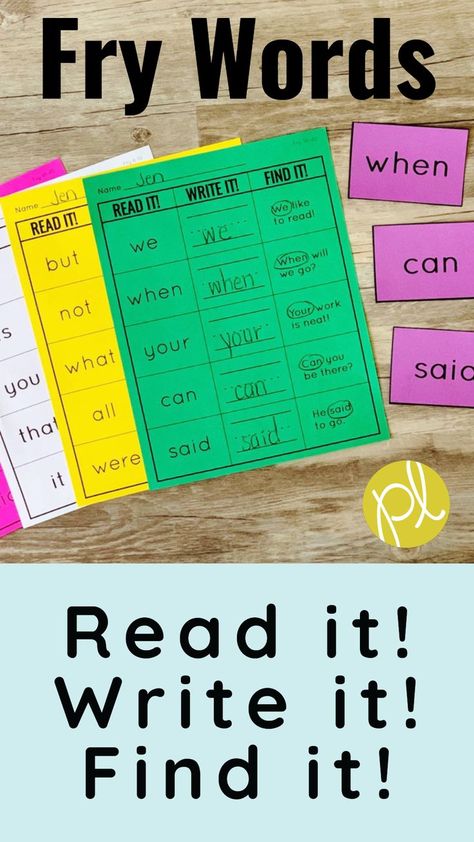
If we read by syllables for the first time, reading texts should consist of 1-2 sentences. Use small words, 1-2 syllables. Cards can be prepared independently, found on the web and printed.
For young students, it is important that there is a hyphen or other separator between syllables. Choose a font for printing material for reading by syllables at 4 years old, large, bold.
- Learning to read by syllables through working with text does not have to start after learning the entire alphabet. Find for reading to children from 5 years old and print out individual sentences from such words, which consist of learned letters. There are many of them in the Zhukova alphabet.
- At the age of 4 to 5, it is not necessary to offer children a whole fairy tale, a book. Large volumes scare kids, distract with colorful drawings on other pages. Print only the part you want.
- Play with a passage, a poem. You can read a word separately, then a phrase, then a whole syntactic unit.
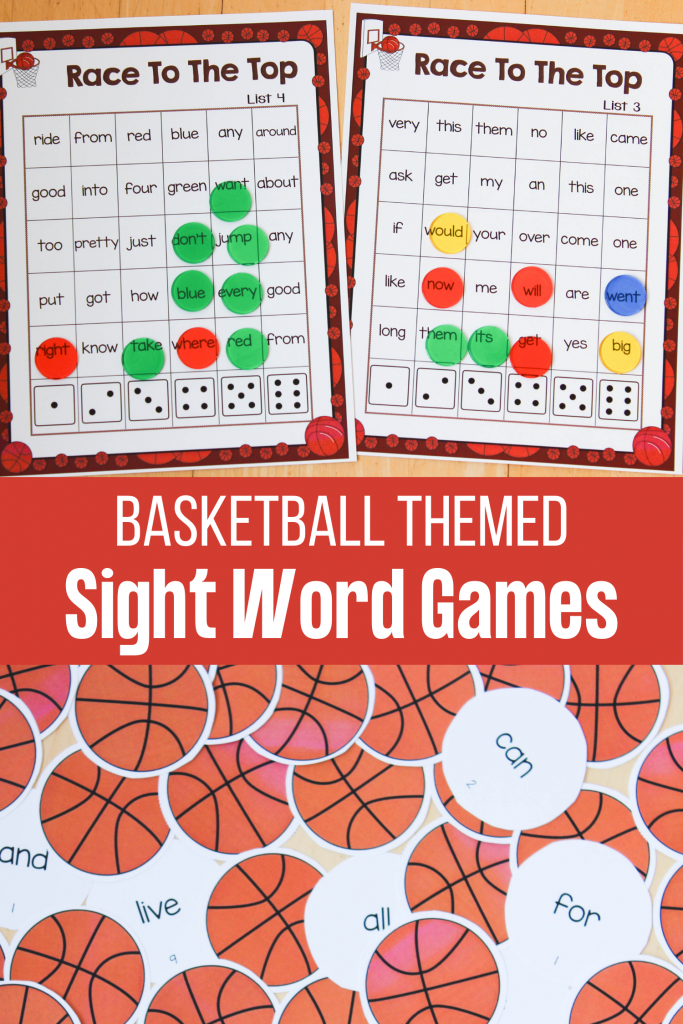
- Work according to the following algorithm. First we read, then we discuss, draw, fantasize.
Jobs
After reading the texts, be sure to study the material further. This is necessary for a solid assimilation of information, the formation of meaningful reading skills. Offer preschoolers the following types of assignments for the passage:
- Brief summary.
Kindergartener must tell what he learned, what information was the main thing in the text. It is advisable to use the words read, to name the names of the characters, their actions. - Answer the questions.
Speech therapist, parent ask 1-3 simple questions about the material read.
If the child does not respond to them, you need to read the passage together, with the adult's comments. - Draw a picture.
We play illustrators. Children come up with a plot picture based on the information received from the passage, the poem. It could be homework.
It could be homework. - What happened next?
Offer to dream up, think about what could happen to the characters next.
Reading texts with pictures and tasks:
texts for children 6-7 years old
If you are preparing reading texts for children aged 6-7, then you can print entire paragraphs. For work, choose excerpts from fairy tales, short stories. With large works, you can work 2-3 lessons. Do not forget about short stories from the alphabet or primer.
- Work through the sentences in a chain, try to involve each student.
- After reading the short passage for the first time, discuss the content. If you find any misunderstandings of the information, read the passage again.
- If we read individually by syllables, different texts for reading to children of 7 years old should be printed on separate sheets.
Texts with tails:
Learning to read by syllables - this stage in teaching children to read is one of the most important and difficult.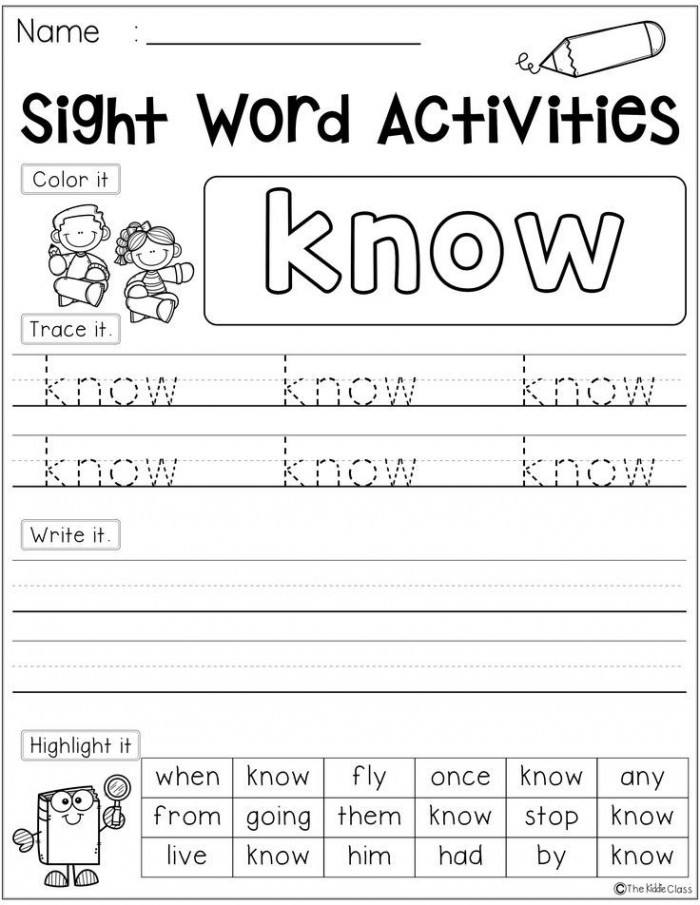 Often parents simply do not know how to teach a child to pronounce two letters together and get stuck on it for a long time. Tired of the endless repetition of "ME and A will be MA", the child quickly loses interest, and learning to read turns into torment for the whole family. As a result, children who already know letters from the age of two or three cannot even read simple words by the age of five, not to mention reading sentences and books.
Often parents simply do not know how to teach a child to pronounce two letters together and get stuck on it for a long time. Tired of the endless repetition of "ME and A will be MA", the child quickly loses interest, and learning to read turns into torment for the whole family. As a result, children who already know letters from the age of two or three cannot even read simple words by the age of five, not to mention reading sentences and books.
What to do next when the child has memorized the letters? Let's make a reservation right away that teaching a preschooler to read syllables can be started even BEFORE he has mastered the entire alphabet (moreover, some teachers insist that you need to move on to syllables as quickly as possible, without waiting for all the letters to be studied). But those letters that we will combine into syllables, the child must name without hesitation.
In order to start learning to read by syllables, it is enough for a child to know 3-4 vowels and a few consonants.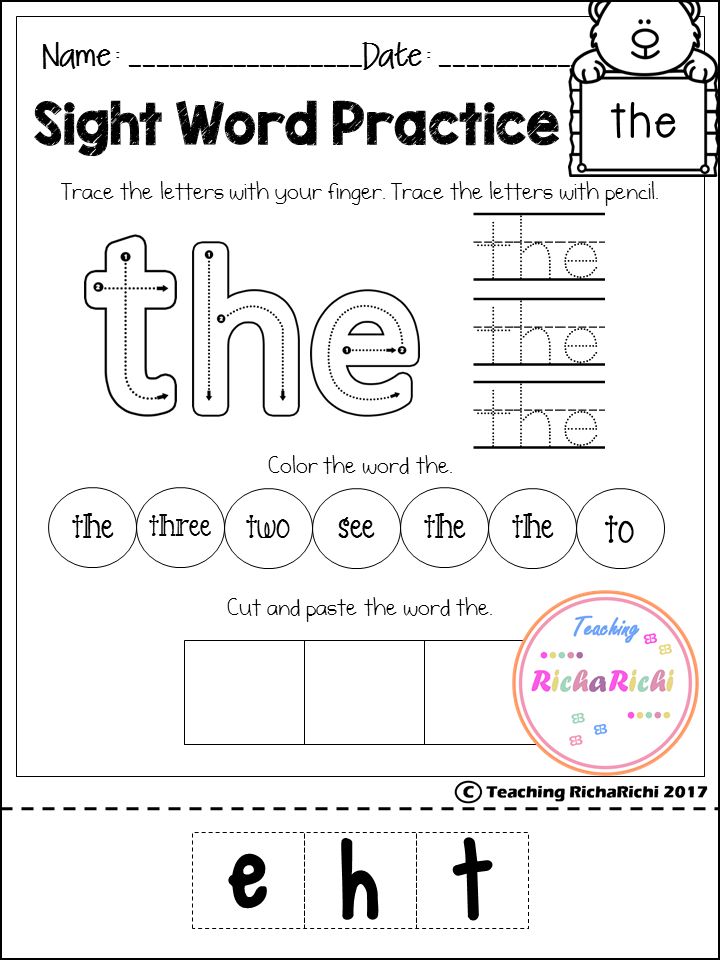 First of all, take those consonants that can be pulled (S, Z, L, M, N, V, F), this will help teach the child the continuous pronunciation of the syllable. And this is a fundamentally important point.
First of all, take those consonants that can be pulled (S, Z, L, M, N, V, F), this will help teach the child the continuous pronunciation of the syllable. And this is a fundamentally important point.
So, let's look at some, in our opinion, the most effective methods that modern teachers offer for teaching a child how to put letters into syllables.
1. Playing "Trains"
(game from E. Baranova, O. Razumovskaya's manual "How to teach your child to read").
Instead of boring cramming, invite your child to “ride the train”. All consonants are written on the rails along which our trailers will go, and vowels are written on the trailers themselves. We place the trailer on the rails so that a consonant appears in the window, and we name which station we got (for example, BA). Next, we move the trailer down the rails - to the next consonant and read the syllable that appears.
There is a similar manual in the cards "The game" Train ". We read syllables. from E. Sataeva
from E. Sataeva
This game is good because the child does not need to be specially explained how to add syllables. It is enough to say: “Now we will ride the letter A, she will be our passenger, name all the stations at which we will make a stop.” To begin with, “ride” yourself - let the child move the trailer along the rails, and you loudly and clearly call the “stations”: BA, VA, GA, YES, ZHA, ZA, etc. Then invite your child to take turns doing this with you. During the game, listening to you, children easily grasp how to pronounce two sounds together. For the third time, the child will “ride” himself without much difficulty.
If the child does not know all the letters, stop only at those “stations” that are familiar to him. Next, we change the wagon. Now we roll the letters O, U, S. If the child can easily cope with the task, we complicate the task. For example, we ride at speed - timing which of the wagons will reach the end of the path first. Or another option: stopping at the station, the child should name not only the syllable, but also the words starting with this syllable (BO - barrel, side, Borya; VO - wolf, air, eight; GO - city, golfs, guests; DO - rain, daughter, boards, etc.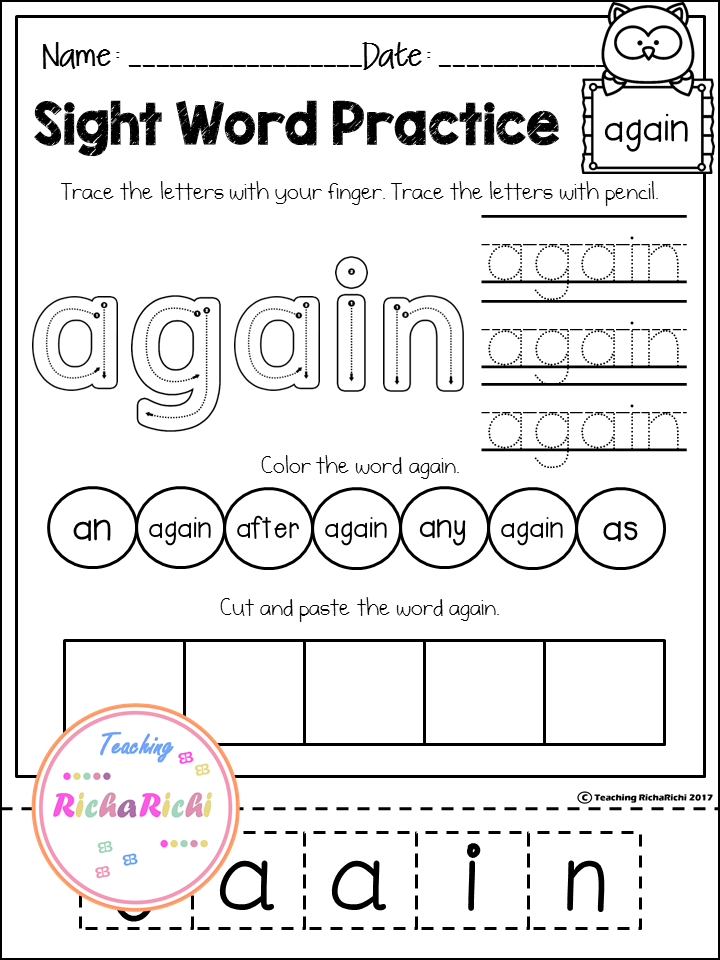 ).
).
Please note that with this game you can practice reading not only open syllables (with a vowel at the end), but also closed ones (with a consonant at the end).
To do this, take trailers where the vowels are written in front of the window, and proceed in the same way. Now we have a letter on the trailer not a passenger, but a driver, she is the main one, she is in front. First read the resulting “stations” with closed syllables yourself: AB, AB, AG, AD, AZH, AZ, etc., then offer the child a “ride”.
Remember that in this and other exercises, we first practice adding syllables with first row vowels (A, O, E, U, Y), and then enter the second row vowels (I, E, E, Yu, I ) - the so-called "iotated" vowels, which make the sound preceding them soft.
When the child is good at reading separate tracks with syllables, alternate trailers with passengers and drivers, without prompting which trailer we will ride. This will help the child learn to clearly see exactly where the vowel is in the syllable (the syllable begins with it or ends with it).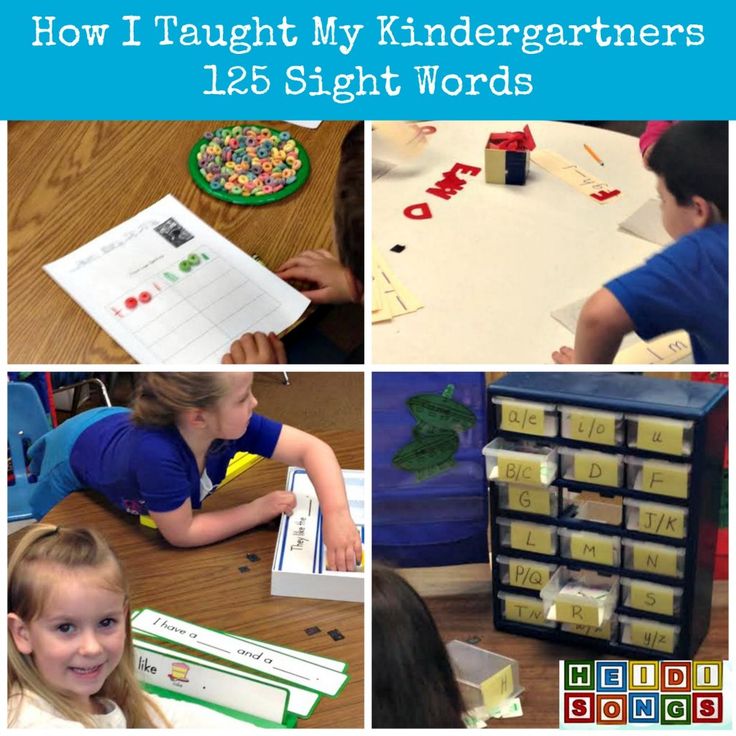 At first, learning to read by syllables in a child may have difficulties with this.
At first, learning to read by syllables in a child may have difficulties with this.
2. “Running” from one letter to another
(from "ABC for kids" by O. Zhukova)
This is a visual exercise that will help your child learn to pronounce two letters together.
Before us is a path from one letter to another. To overcome it, you need to pull the first letter until the finger that we are leading along the path reaches the second letter. The main thing we are working on in this exercise is that there is no pause between the first and second sound. In order to make it more interesting to study, replace your finger with a figure of any animal / little man - let him run along the path and connect two letters.
(“A Primer for Kids” by E. Bakhtina , "Russian alphabet" by O. Zhukova and others).
Many authors of primers and alphabets use animated images of letters that need to be put into a syllable - they are friends, walk together in pairs, pull each other through obstacles. The main thing in such tasks, as in the previous exercise, is to name two letters together so that the two girlfriend letters stay together.
The main thing in such tasks, as in the previous exercise, is to name two letters together so that the two girlfriend letters stay together.
You don't even need special manuals or primers to use this technique. Print out several figures of boys and girls (animals, fairy-tale or fictional characters), write a letter on each of them. Let consonants be written on the figures of boys, and vowels on the figures of girls. Make friends with the kids. Check with your child that boys and girls or two girls can be friends, but it is not possible to make friends with two boys (pronounce two consonants together). Change pairs, put girls first in them, and then boys.
Read the syllables first in one order, then in reverse.
These few tricks are quite enough to teach a child to put two letters into a syllable. And learning in the form of a game will allow you to avoid cramming and boring repetition of the same thing.
4. Games to reinforce the skill of adding letters
- Syllabic lottos
They are very easy to make by yourself, for this you need to pick up a few pictures - 6 for each card and print out the corresponding syllables.
- The manual “Syllables. Choose a picture according to the first syllable BA-, VA-, MA-, SA-, TA-. Educational lotto games. GEF DO "E. V. Vasilyeva - in this series there are several more manuals “Letters, syllables and words. Lotto with verification” by A. Anikushena
- There are similar exercises in the book “Syllabic Tables. GEF "N. Neshchaeva
- Playing Store
Arrange toy items or pictures of them on the counter (for example, FISH, DO-nya, PI-horns, BU-lka, YB-loki, ME-so). Prepare "money" - pieces of paper with the name of the first syllables of these words. A child can buy goods only for those “bills” on which the correct syllable is written.
Make an album with your child's own hands, in which a syllable is written on one page of the spread, and objects whose names begin with this syllable are written on the other. Periodically review and supplement these albums. For more effective learning to read, close one or the other half of the turn (so that the child does not have extra clues when naming a syllable or choosing words for a particular syllable).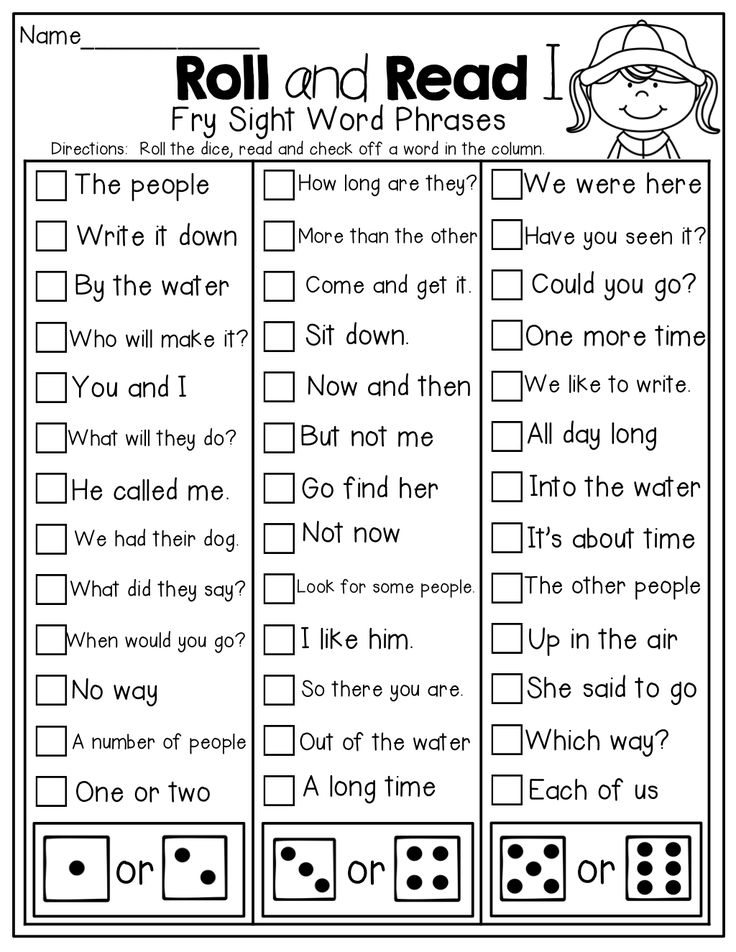
This will help you "Cards for the sound and syllabic analysis of words."
— Game in the airfield (garages)
We write syllables in large size on sheets of paper, spread them around the room. These will be different airfields (garages) in our game. The child takes a toy plane (car), and the adult commands - on which airfield (in which garage) you need to land the plane (park the car).
For this exercise, Zaitsev's cubes or any cards with syllables (you can make them in the form of traces) are suitable. We build a long path from them - from one end of the room to the other. Choose two figurines / toys. You play one, the child plays the other. Roll the dice - take turns with your figures on the cards for as many moves as fell on the dice. Stepping on each card, name the syllable written on it.
For this game, you can also use various "rpg" games by writing syllables in circles on the playing field.
5. Reading simple words by syllables
Simultaneously with practicing syllables, we start reading simple words (of three or four letters).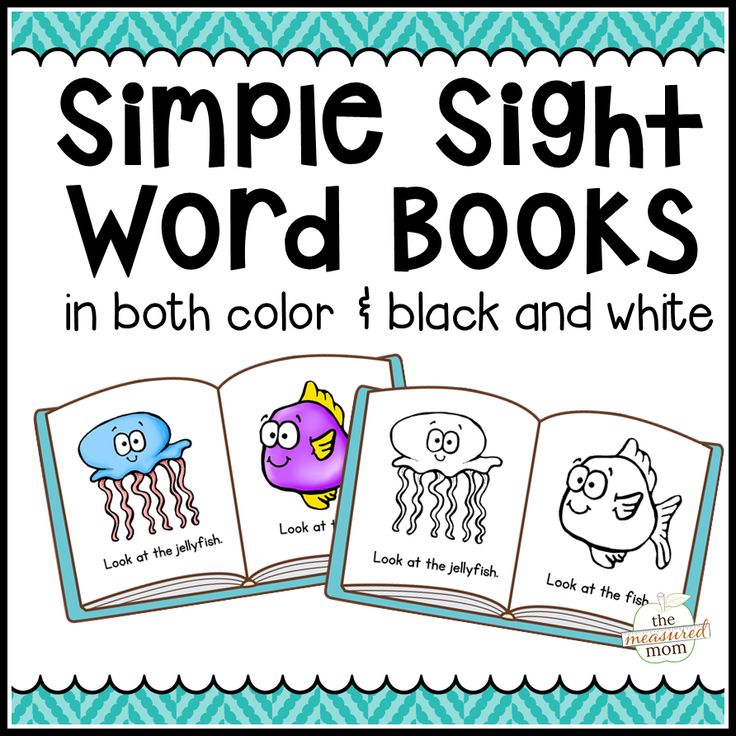 For clarity, so that the child understands what parts the word consists of, which letters should be read together and which separately, we recommend that the first words be composed of cards with syllables / individual letters or graphically divide the word into parts.
For clarity, so that the child understands what parts the word consists of, which letters should be read together and which separately, we recommend that the first words be composed of cards with syllables / individual letters or graphically divide the word into parts.
Two-syllable words can be written on two-part pictures. Pictures are easier to understand (the child is more willing to read the words written on them than just columns of words), plus it is clearly visible into which parts a word can be broken down when reading it syllable by syllable.
Increase the difficulty gradually: start with words consisting of one syllable (UM, OH, EAT, UZH, Hedgehog) or two identical syllables: MOM, UNCLE, DAD, NANNYA. Then proceed to reading the words of three letters (closed syllable + consonant): BAL, SON, LAK, BOK, HOUSE.
You need to understand that even if a child pronounces all the syllables in a word correctly, this does not mean that he will immediately be able to meaningfully put them into a word.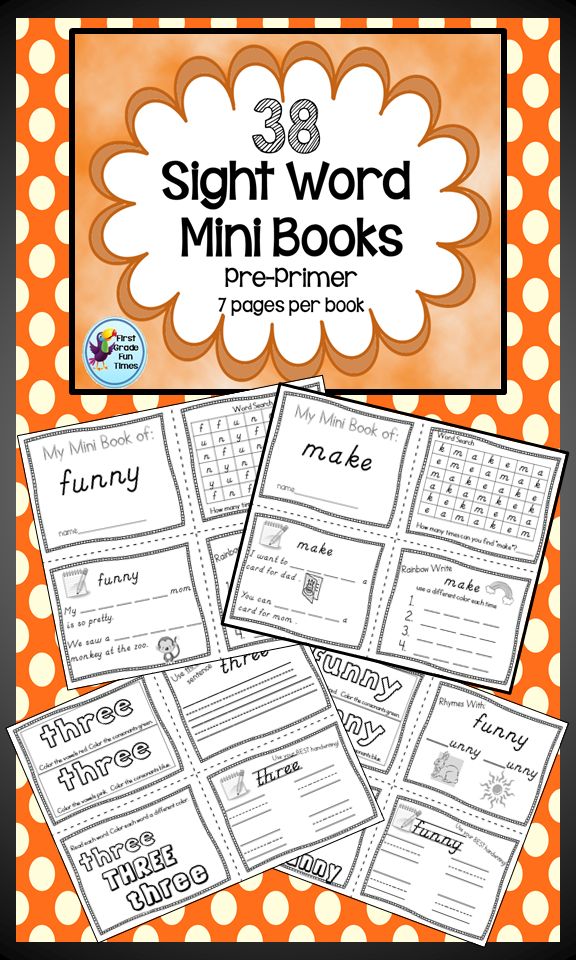 Be patient. If a child has difficulty reading words of 3-4 letters, do not proceed to reading longer words and especially sentences.
Be patient. If a child has difficulty reading words of 3-4 letters, do not proceed to reading longer words and especially sentences.
Be prepared for the fact that the child will begin to read words freely only after he has automated the skill of adding letters into syllables. Until this happens, periodically return to working out syllables.
And, most importantly, remember that any education should be a joy for both parents and children!
Philologist, teacher of Russian language and literature, teacher of preschool education
Svetlana Zyryanova
Among the huge selection of methods, learning to read by the method of Nadezhda Zhukova is very popular. Her method is adapted for self-study of parents with children at home. N. Zhukova's textbooks are affordable, they can be purchased in almost all bookstores. Let's try to figure out what is special about this technique and why it is so popular.
From the biography
Nadezhda Zhukova is a domestic teacher familiar to many, candidate of pedagogical sciences, has extensive speech therapy experience.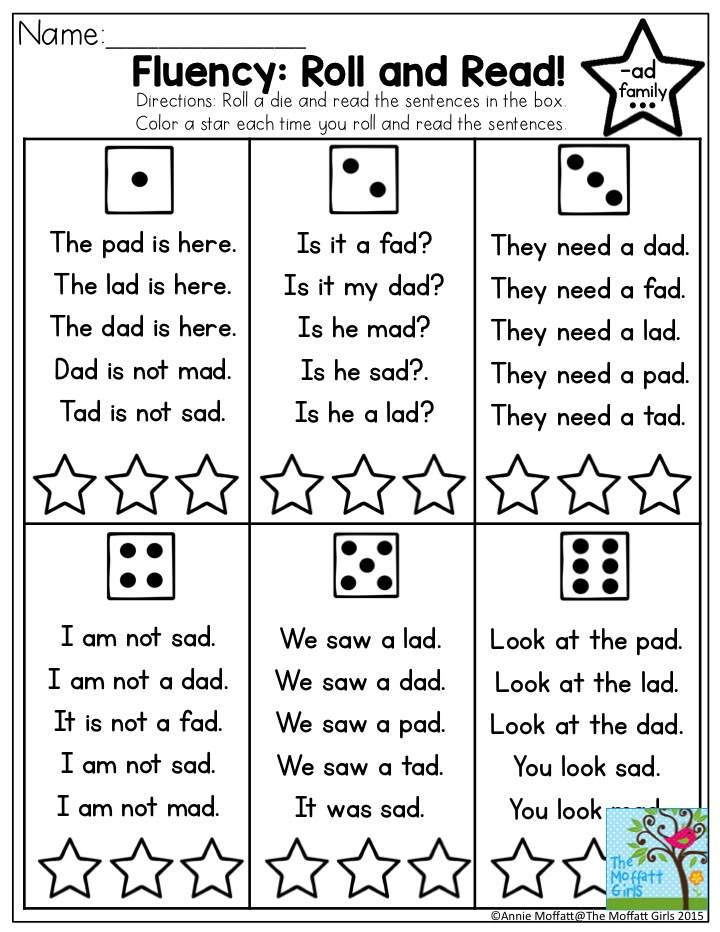 She is the creator of a whole series of educational literature for children, which is published in millions of copies. Many of her scientific works have been published not only in Russian, but also in specialized publications in other countries.
She is the creator of a whole series of educational literature for children, which is published in millions of copies. Many of her scientific works have been published not only in Russian, but also in specialized publications in other countries.
Nadezhda Zhukova conducted a lot of research with preschool children, carefully studied the progressive processes of their speech development. She has created a unique method by which children can quickly learn to read and easily move from it to writing. In her methodology, N. Zhukova teaches children to correctly add syllables, which she uses as a single part in reading and writing in the future.
Sales of her modern Primer exceeded 3 million copies. From these figures, according to statistics, we can conclude that every fourth kid learns to read according to him. In 2005, he was awarded the title of "Classic Textbook".
In the 1960s, Nadezhda Zhukova was an active member of the initiative group, which dealt with the creation of specialized groups for children with speech problems and disorders.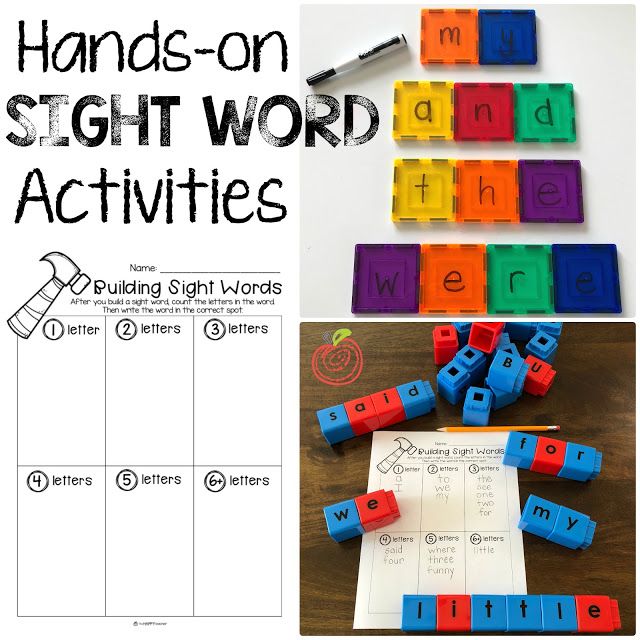 Now such speech therapy groups and entire kindergartens with this bias are widespread not only in our country, but also in the CIS countries.
Now such speech therapy groups and entire kindergartens with this bias are widespread not only in our country, but also in the CIS countries.
Features of the technique
In creating her own special method, N. Zhukova used her 30 years of speech therapy work experience. She was able to build a successful combination of literacy education with the ability to prevent children from making mistakes in writing. The textbook is based on the traditional approach of teaching reading, which is complemented by unique features.
In speech activity, it is psychologically easier for a child to single out a syllable than a single sound in a spoken word. This principle is used in the method of N. Zhukova. Reading syllables is offered already in the third lesson. In view of the fact that at the very beginning of learning to read this process for children is a mechanism for reproducing the letter model of a word into a sound one, by the time learning to read, the baby should already be familiar with the letters.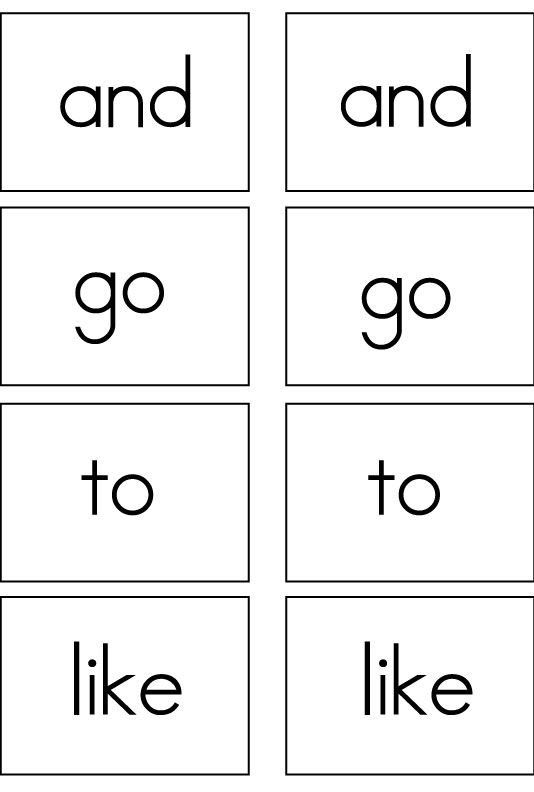
Teaching all the letters of the alphabet with a child at once is not worth it. The first acquaintance of the baby should be with vowels. Explain to the baby that vowels are singing letters, they can be sung. Start by learning the so-called hard vowels (A, U, O). After the kid got acquainted with them, you already need to start adding up: AU, AO, OU, UA, UA, OA, OU. Of course, these are not syllables, but it is on this combination of vowels that it is easiest to explain to the baby the principle of adding syllables. Let the baby himself, helping himself with his finger, draw paths from letter to letter, singing them. So he can read a combination of two vowels. Next, you can start memorizing consonants.
Then, when you start teaching your little one to read, explain to him how to determine by ear how many sounds or letters you have pronounced, which sound in a word sounds first, last, second. Here you can help in learning "Magnetic alphabet" N.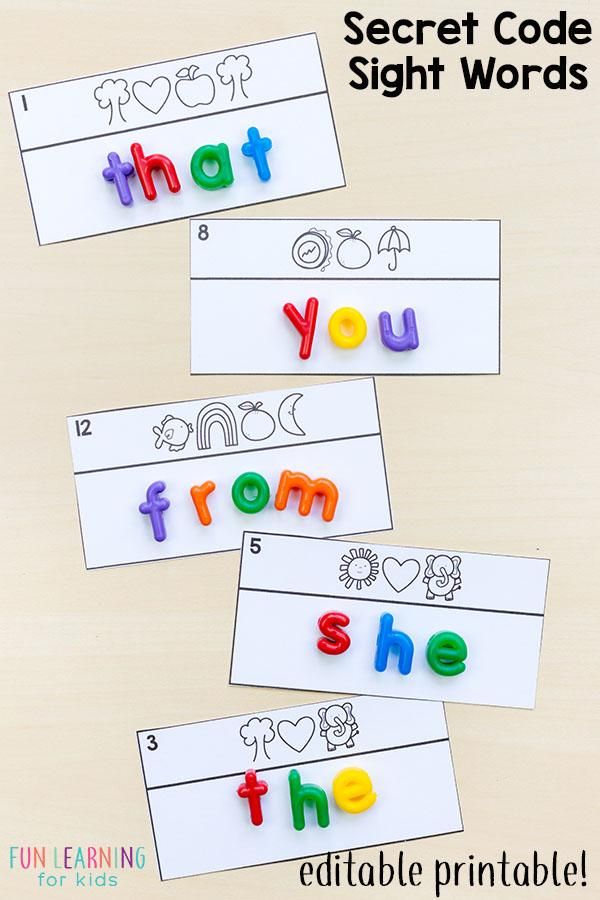 Zhukova. With its help, you can ask the baby to lay out the syllables pronounced by you.
Zhukova. With its help, you can ask the baby to lay out the syllables pronounced by you.
You can also feel the letters, circle them with your finger, which will contribute to their tactile memorization. When the baby learns to merge syllables, you can offer him to read a word of three letters, a word of two syllables. (O-SA, MA-MA).
In Zhukova's "Primer" parents will be able to find mini-summaries of classes for learning each letter, recommendations for learning to fold syllables. Everything is written in accessible language. In order to use them, parents do not need to have a pedagogical education. Any adult can take the course.
A preschooler is able to perceive information only in a playful way. The game for him is a calm environment where no one will scold or criticize him. Do not try to force the child to read syllables quickly and immediately. Reading is hard work for him.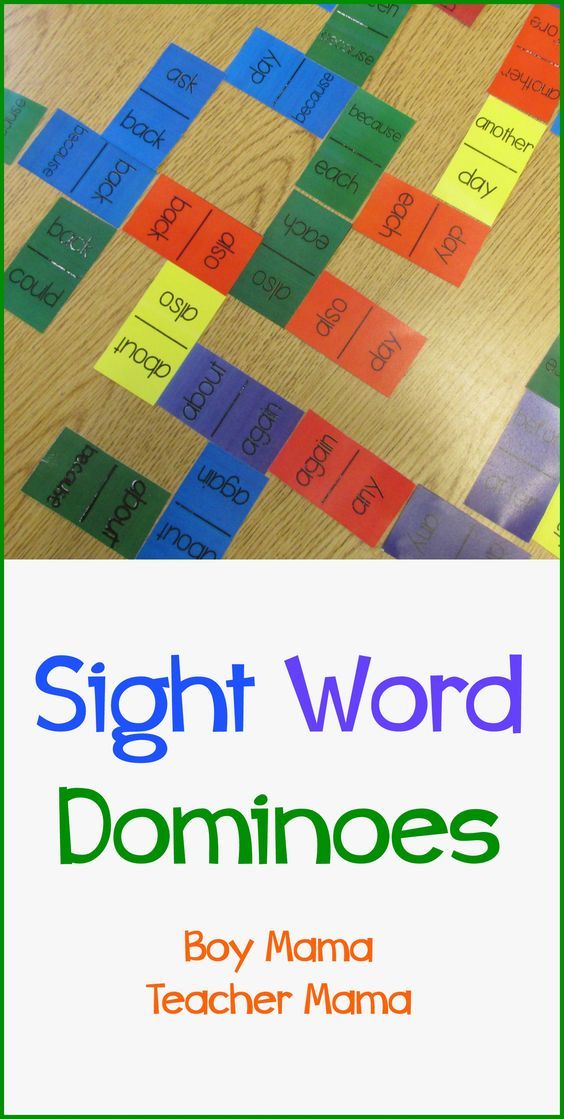 Be patient, show affection and love for the baby during training. It matters to him now more than ever. Showing calmness and confidence, learn to add syllables, simple words, sentences. The child must master the technique of reading. This process is not fast and difficult for him. The game diversifies learning, relieves the boring obligation to study, and helps instill a love of reading.
Be patient, show affection and love for the baby during training. It matters to him now more than ever. Showing calmness and confidence, learn to add syllables, simple words, sentences. The child must master the technique of reading. This process is not fast and difficult for him. The game diversifies learning, relieves the boring obligation to study, and helps instill a love of reading.
Your patience and calmness will help the kid to master reading faster
Starting age of learning
Don't rush things. It is quite normal that a 3-4-year-old child is not yet able to learn at all. During this age period, classes can only be started if the child shows great interest in reading activity, shows a desire to learn to read.
A 5-6-year-old child will react to this in a completely different way. In preschool institutions, the curriculum is designed to teach children to read in syllables. However, not always the kids can learn the information received in a large team.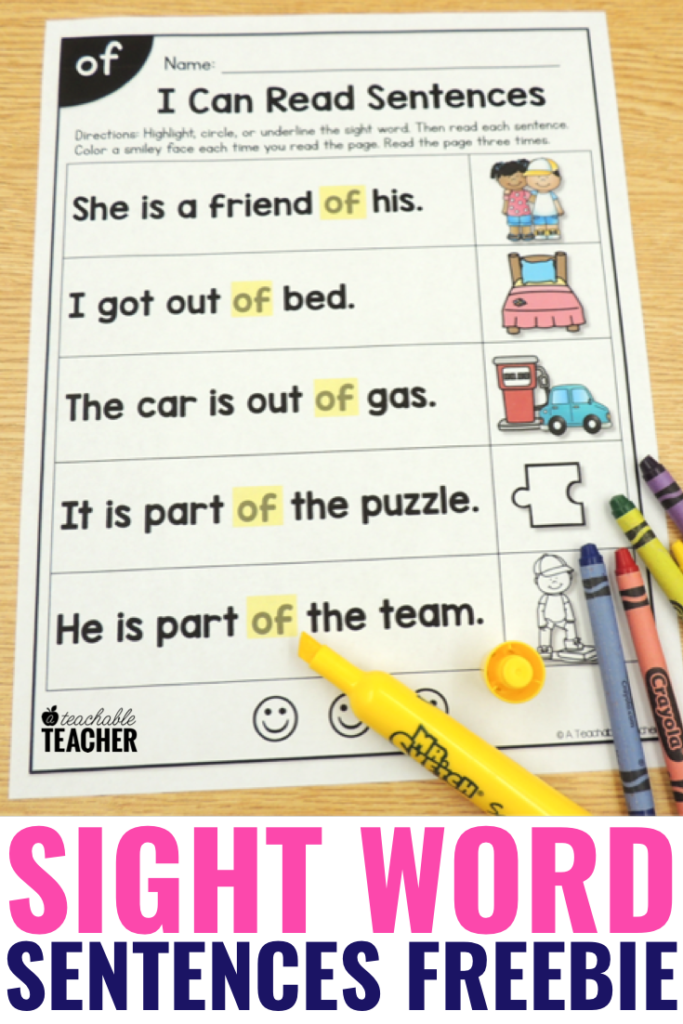 Many children require individual lessons in order for them to understand the principles of folding syllables and words. Therefore, do not miss the opportunity to work out with your child at home. Having come to school well prepared, it will be easier for the baby to endure the adaptation period.
Many children require individual lessons in order for them to understand the principles of folding syllables and words. Therefore, do not miss the opportunity to work out with your child at home. Having come to school well prepared, it will be easier for the baby to endure the adaptation period.
It is important to take into account the psychological readiness for learning to read. Children are ready to start reading only if they already speak well, correctly compose sentences in their speech, phonemic hearing is developed at the proper level. Babies should not have problems with hearing and vision, speech therapy problems.
Learning to read should start at the age when you see the interest of the baby and feel that he is ready
Sounds or letters?
Acquaintance with letters should not begin with memorizing their names. Instead, the child must know the sound that is written with a particular letter. No EM, ER, TE, LE, etc.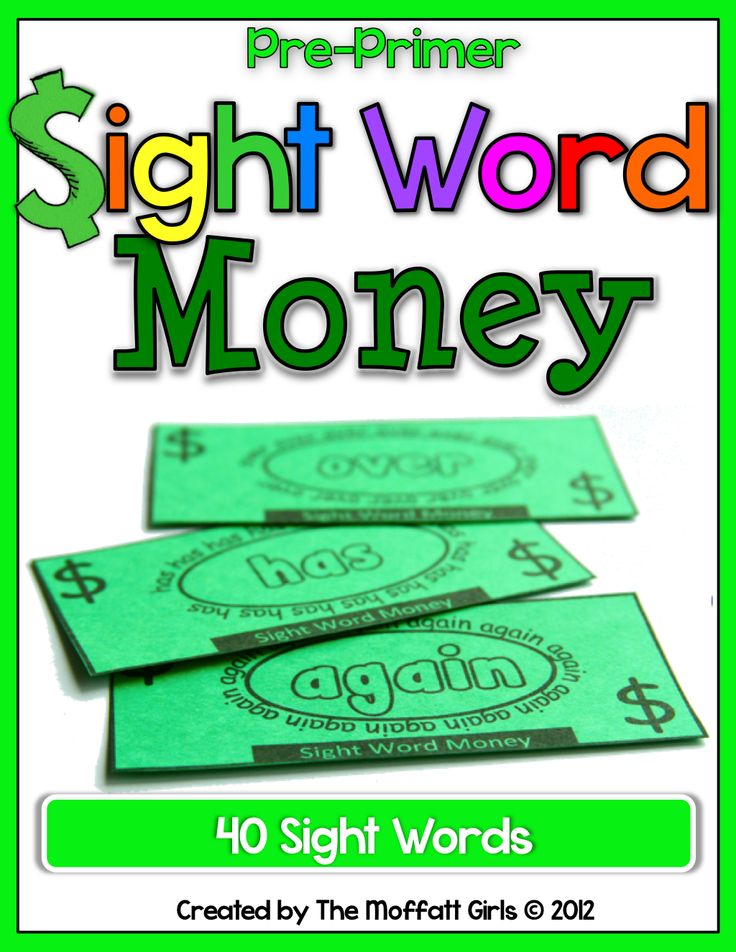 should not be. Instead of EM, we learn the sound "m", instead of BE, we learn the sound "b". This is done to make it easier for the child to understand the principle of folding syllables. If you learn the names of the letters, then the child will not understand how the word PAPA is obtained from PE-A-PE-A, and the word MAMA is obtained from ME-A-ME-A. He will add not the sounds that are indicated by letters, but the way he learned - the names of the letters and, accordingly, will read PEAPEA, MEAMEA.
should not be. Instead of EM, we learn the sound "m", instead of BE, we learn the sound "b". This is done to make it easier for the child to understand the principle of folding syllables. If you learn the names of the letters, then the child will not understand how the word PAPA is obtained from PE-A-PE-A, and the word MAMA is obtained from ME-A-ME-A. He will add not the sounds that are indicated by letters, but the way he learned - the names of the letters and, accordingly, will read PEAPEA, MEAMEA.
Learning the correct vowels and consonants
Do not start learning letters in alphabetical order A, B, C, D… Stick to the sequence given in the Primer.
First of all, learn the vowels (A, O, U, S, E). Next, the student should be introduced to the solid voiced consonants M, L.
Then we get acquainted with deaf and hissing sounds (K, P, T, Sh, Ch, etc.)
In the "Primer" N. Zhukova, the following order of study is proposed letters: A, U, O, M, C, X, R, W, S, L, N, K, T, I, P, Z, Y, G, C, D, B, F, E, b, I, Yu, Yo, Ch, E, C, F, Shch, b.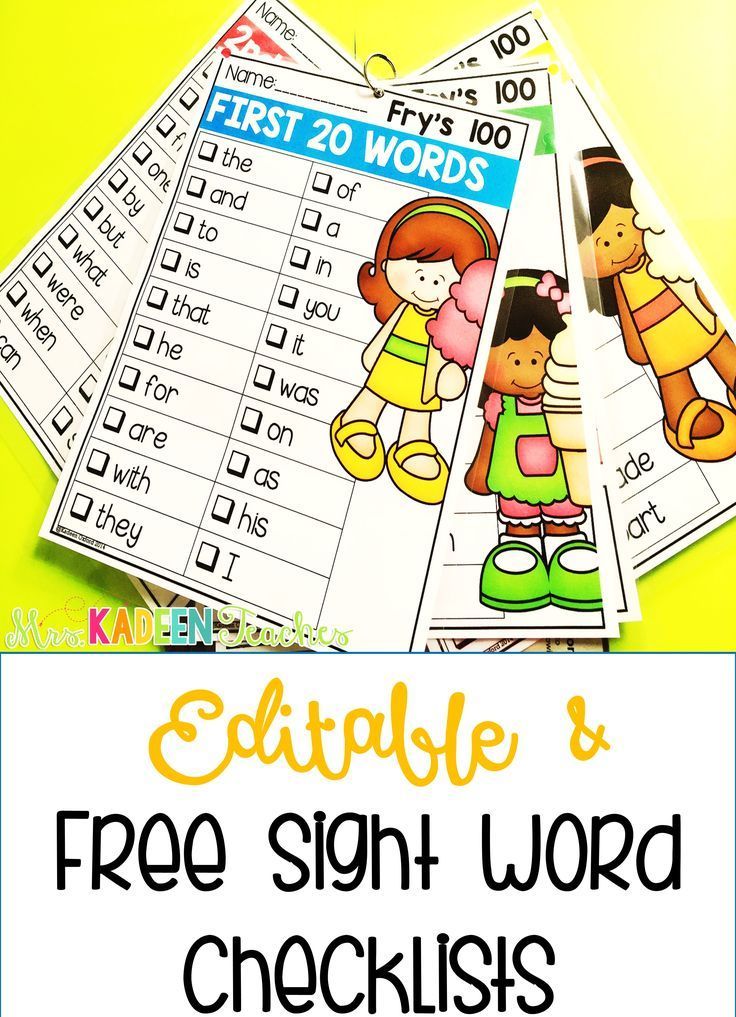
The sequence of studying letters presented in Zhukova's primer will help you easily adapt to the school curriculum
Consolidating the studied material
Repetition of previously studied letters in each lesson will help to more quickly develop the mechanism of literate reading in children.
Syllable Reading
Once you and your child have learned a few letters, it's time to learn how to add syllables. A cheerful boy helps in this in the "Primer". It runs from one letter to another, forming a syllable. The first letter of the syllable must be pulled until the baby traces the path along which the boy is running with his finger. For example, the syllable MA. The first letter M. We put a finger at the beginning of the track near it. We pull the sound M while we run our finger along the track, without stopping: M-M-M-M-M-A-A-A-A-A-A. The child must learn that the first letter stretches until the boy runs to the second, as a result they are pronounced together, without breaking away from each other.
Starting with simple syllables
The child must understand the algorithm for adding syllables from sounds. To do this, he needs training first on simple syllables, such as MA, PA, MO, PO, LA, LO. Only after the child understands this mechanism, learns to read simple syllables, you can proceed to more difficult syllables - with hissing and deaf consonants (ZHA, ZHU, SHU, XA).
Stage of learning to read closed syllables
When a child learns to add open syllables, it is necessary to start learning to read closed syllables, i.e. those with a vowel in the first place. AB, US, UM, OM, AN. It is much more difficult for a child to read such syllables, do not forget about regular training.
Reading simple words
When the child understands the mechanism of folding syllables, begins to read them with ease, it's time to read simple words: MA-MA, PA-PA, SA-MA, KO-RO-VA.
Pay attention to pronunciation and pauses
In the process of learning to read, it is necessary to carefully monitor the pronunciation of the child. Pay attention to the correct reading of the endings of words, the child should not guess what is written, but read the word to the end.
If at the initial stage of training you taught your child to sing syllables, now it's time to do without it. Make sure your child pauses between words. Explain to him what punctuation marks mean: commas, periods, exclamation and question marks. At first, let the pauses between the words and sentences that the baby makes be long enough. Over time, he will understand and shorten them.
By following these simple rules, you can teach your child to read quite quickly.
Popular books for children N. Zhukova
In order for parents to teach their children to read and write using her method, Nadezhda Zhukova offers a whole series of books and manuals for children and parents.
Includes:
"Primer" and "Recipes" for children 6-7 years old in 3 parts
Recipes are a practical application to the Primer. The syllabic principle of graphics is adopted as a basis. The syllable is a separate unit not only of reading, but also of writing. The recording of the vowel and consonant letters acts as a single graphic element.
"Magnetic ABC"
Suitable for both home and childcare use. A large set of letters allows you to make not only individual words, but also sentences. Methodical recommendations for work are attached to the "ABC", they are supplemented with exercises for teaching children.
"I write correctly - from the Primer to the ability to write beautifully and competently"
The textbook is suitable for children who have already learned to read in syllables. It is also necessary that the kids can determine the first and last sounds in a word, can name words for the sound that they were called, indicate the place of a given sound in a word - at the beginning, in the middle or at the end.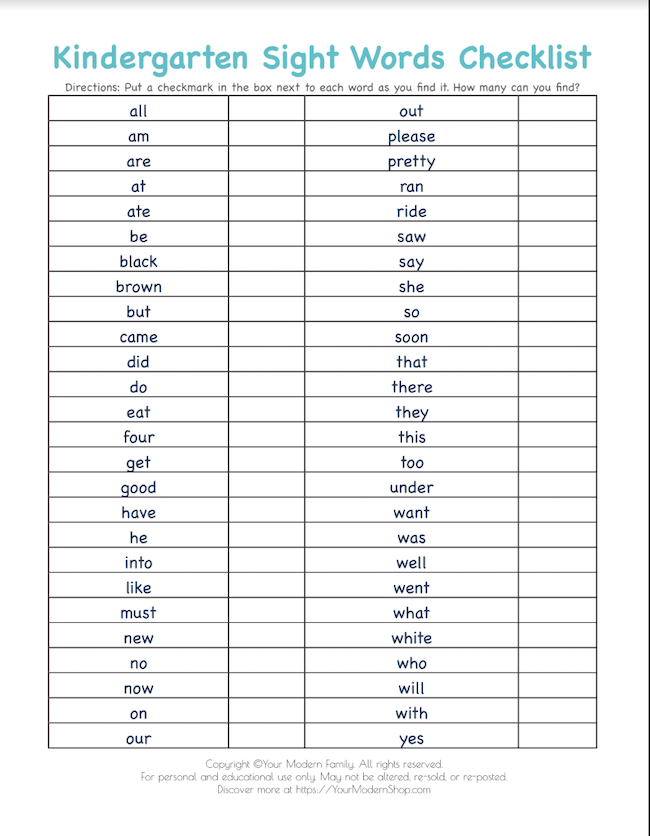 The book is designed to express the creativity of the teacher who deals with it. The proposed sections can be expanded or narrowed, the number of oral and written exercises varies by the teacher. At the bottom of some pages you can see methodological instructions for conducting classes. A lot of plot pictures offered as illustrations for the textbook will help the child not only easily learn the basic principles of grammar, but also develop oral speech.
The book is designed to express the creativity of the teacher who deals with it. The proposed sections can be expanded or narrowed, the number of oral and written exercises varies by the teacher. At the bottom of some pages you can see methodological instructions for conducting classes. A lot of plot pictures offered as illustrations for the textbook will help the child not only easily learn the basic principles of grammar, but also develop oral speech.
"Lessons of correct speech and correct thinking"
The book is suitable for children who already read well. Here, texts of the classical genre are offered for reading. For parents, there is a detailed methodological description of classes based on the book. For each work, a system of work on the text is attached for its analysis. With its help, children learn to reflect, understand the hidden subtext, explain, discuss. You can also see the meaning of words unknown to the child, which are in the dictionary for children.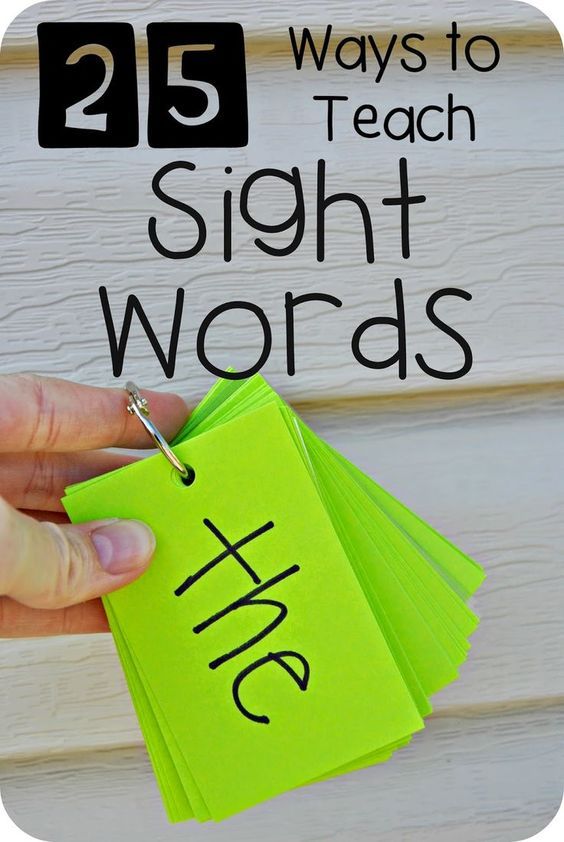 Also the author introduces kids to famous poets and writers, teaches them to read this or that work correctly.
Also the author introduces kids to famous poets and writers, teaches them to read this or that work correctly.
"Lessons of calligraphy and literacy" (teaching copybooks)
A manual that supplements the rest of the elements of N. Zhukova's system. With the help of it, the child will be able to learn how to navigate on the sheet, work according to the model, circle and independently write various elements of letters and their connections. Tasks are offered for sound-letter analysis of words, adding missing letters in a word, writing uppercase and lowercase letters, etc.
"Lessons of a speech therapist"
This textbook is characterized by a system of classes that is understandable not only for teachers and speech therapists, but also for parents, with the help of which children can achieve clear speech. The proposed exercises focus on the development of only one particular sound. Thanks to this, classes are held with great effect.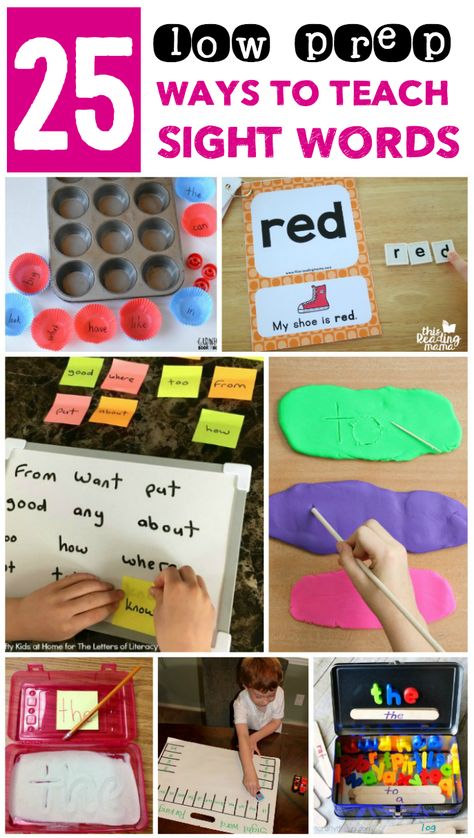 The level of speech development of the child with whom they begin to study is not so important. For all children, classes will have a positive result. Great for activities with children of all ages.
The level of speech development of the child with whom they begin to study is not so important. For all children, classes will have a positive result. Great for activities with children of all ages.
"The first book to read after the Primer"
For children who have completed the study of the Primer, it is recommended as the first book - "The first book to read after the Primer". It will soften the transition from the Primer to ordinary literature. The main purpose of this teaching aid is to develop curiosity in children, the desire to learn new things, develop intelligence and perseverance.
1 part are fables and stories. They continue the texts that are given in the Primer, only a more complex version is proposed.
part 2 - information for a young naturalist. It offers data from encyclopedias about the main characters of stories or fables.
3 part is fragments of poems by great poets. Each passage traces the relationship with any fragment of the 1st part of the book. This may be a poem about the seasons of one of the stories, about the animals of one of the fables, the weather, etc.
Each passage traces the relationship with any fragment of the 1st part of the book. This may be a poem about the seasons of one of the stories, about the animals of one of the fables, the weather, etc.
Thus, with the help of Nadezhda Zhukova's teaching methodology, parents will be able to perfectly prepare their child for school on their own. Using her methodological and teaching aids, one can not only teach a child to read well and correctly, but also teach them to write, introduce them to the basics of competent written speech, and avoid many speech therapy problems.
See the next video for an overview of Nadezhda Zhukova's primer.
Being a parent seems to be more difficult than ever. Society demands more and more from children, and in order to meet the priorities of the new time, family people have to work very hard. They need to fully engage in the comprehensive development of their child.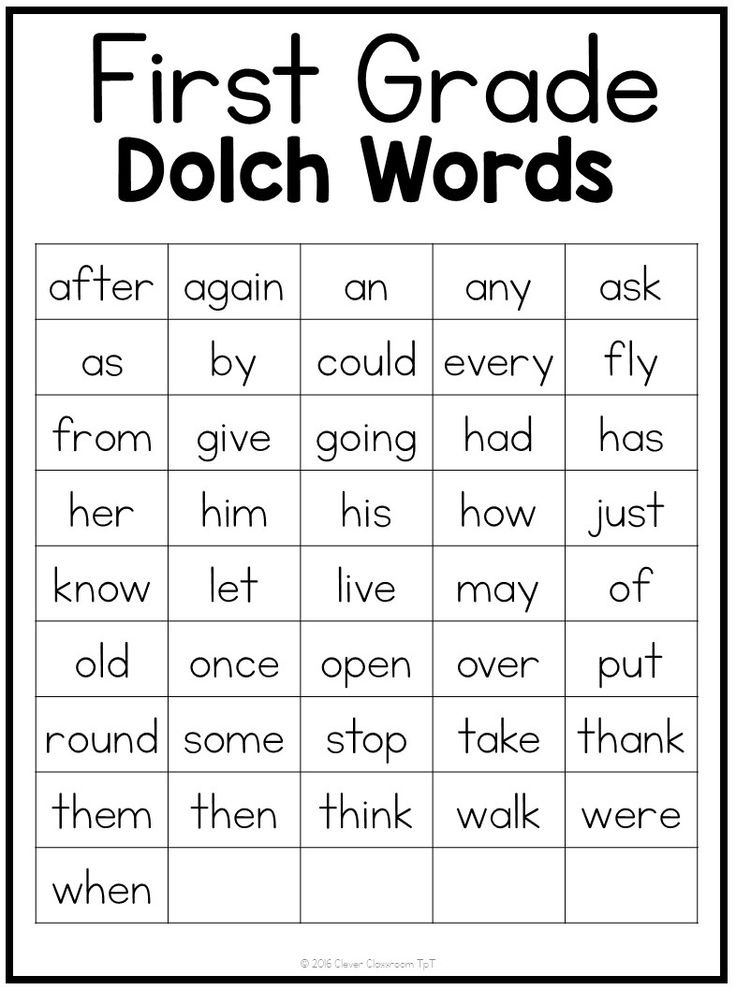 It is important to spend enough time and effort on this, to approach the learning process both in a scientifically sound, and at the same time in a childishly playful way. Taking care of a child through the sleeves is the same as not doing it at all. Indeed, in this delicate issue, not only the result itself is important, but also the learning process, its comfort for the child, the individual interest of the baby in the mechanism of play and learning.
It is important to spend enough time and effort on this, to approach the learning process both in a scientifically sound, and at the same time in a childishly playful way. Taking care of a child through the sleeves is the same as not doing it at all. Indeed, in this delicate issue, not only the result itself is important, but also the learning process, its comfort for the child, the individual interest of the baby in the mechanism of play and learning.
One of the most important stages in the development of any preschooler is the formation of reading skills. Today, there are many methods that help teach this to a child. For example, there is a methodology for teaching preschoolers to read in 15 lessons. Of course, to believe or not to believe that it is possible to effectively and not traumatize the child's psyche to teach him to read in just two weeks is up to you. However, the existence of many qualitative methods is confirmed by practice. In this article, we will look at some of them.
Traditional method
This teaching method is still one of the most common today. With her help, most of today's adults got the reading skill. Also, it is this technique that is now used in absolutely all schools - it is universal.
According to this, it should be produced in stages: first letters, then syllables, then words, and so on. Awareness of the scheme of combining sounds into whole phrases comes to the child gradually, for some it takes more time than others.
A lot also depends on the literal age of the child. A one-year-old baby is quite able to remember the letters, but he will not be able to master the skill of reading. To do this, it is necessary to be able to understand the patterns inherent in this process, which such a small child is not capable of.
Patience required. Children often forget what they have just read. The process is new, and sometimes the child sets the pace of the lessons himself.
The main advantage of this method is its reliability.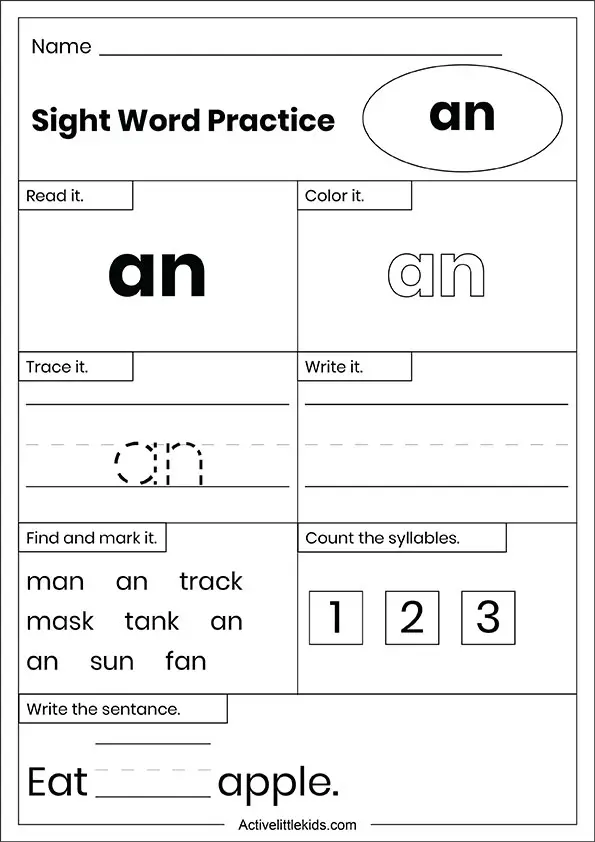 Regardless of the child's ability, he will learn to read anyway.
Regardless of the child's ability, he will learn to read anyway.
Zaitsev's Cubes
This technique helps to learn reading through the perception of syllables. It actively uses a variety of cubes, as well as colorful tables. According to some reviews, many parents have some difficulties. They are connected with the fact that not everyone is able to decide how it would be correct to use all these teaching aids. Practice has shown that this technique achieves its greatest effectiveness only when interacting in a group. Thus, classes with the help of Zaitsev's cubes in kindergartens and various development centers will help to get the maximum result in the minimum time.
Glenn Doman's method
The considered method of teaching reading to a preschooler at home implies the ability to perceive the whole word, and not any of its parts. On the territory of the Russian Federation, this method became known only in the nineties of the last century.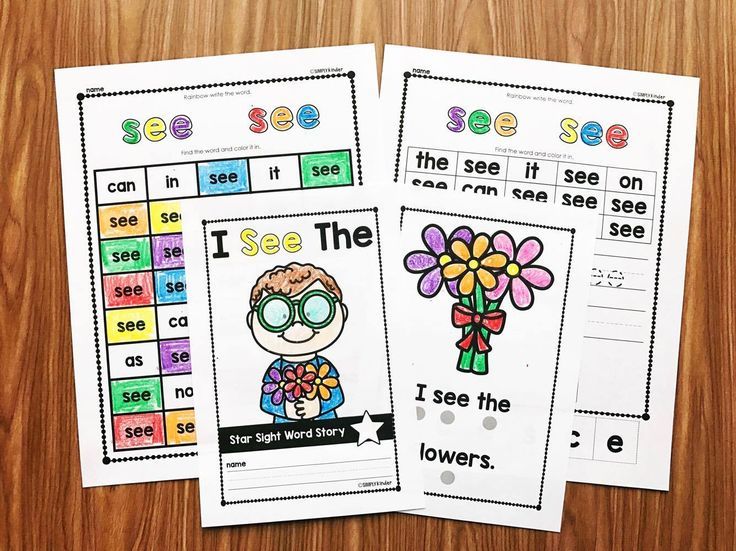 Teaching preschoolers according to this method occurs through the use of special aids and the most frequent and high-quality communication with the baby.
Teaching preschoolers according to this method occurs through the use of special aids and the most frequent and high-quality communication with the baby.
Benefits of the Doman technique:
- Suitable for children of all ages, even the smallest.
- Preschoolers learn to read while playing, which allows them to enjoy the attention of their parents and gain new knowledge.
- The system effectively develops memory, provides valuable encyclopedic knowledge.
- Many Nobel Prize winners were raised using this technique.
- Such teaching of reading to preschoolers develops them in many different ways.
Disadvantages of Glenn Doman's method
Like any method of teaching preschoolers to read, Doman's method has its drawbacks. They are as follows:
- It takes a huge variety of cards to achieve the desired effect. This is extremely difficult and time consuming if parents decide to make them themselves. Or you can purchase a ready-made kit, which can be somewhat expensive.
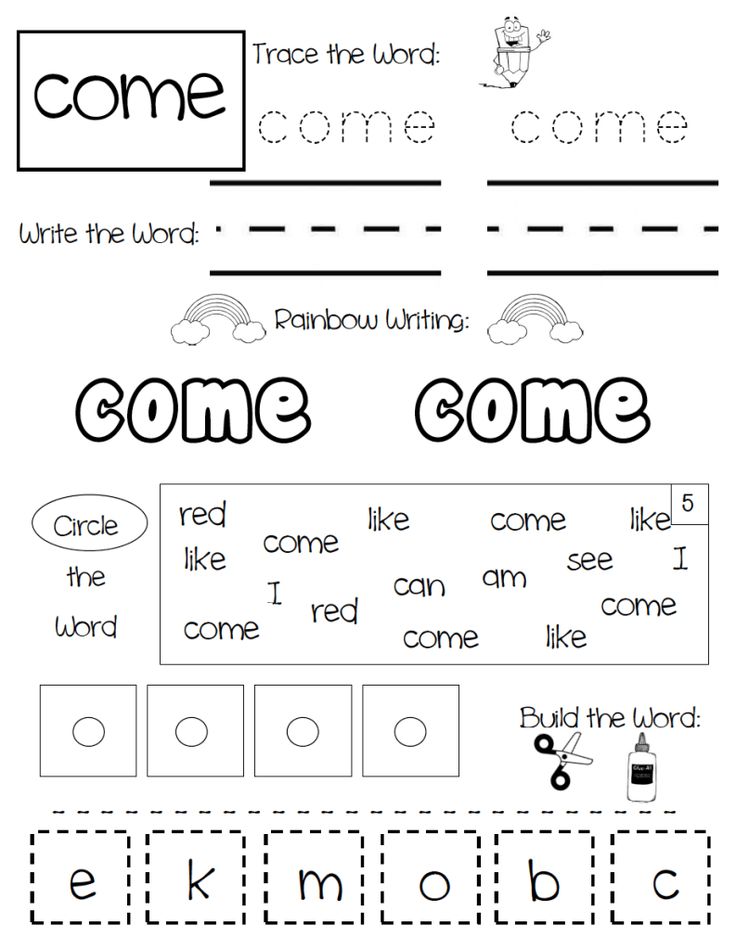
- The method of teaching preschoolers to read recommends showing such cards to a child every day and more than once. At the same time, the cards that the child has already seen should be replaced in a timely and correct manner. If this is not done or done irregularly, the effectiveness of the technique may be significantly reduced. This becomes a problem if the parents are full-time and therefore have other responsibilities, as well as if there are several children in the family.
- All children are different. Many find it difficult to sit in one place for a sufficient amount of time. Some children simply do not respond to any cards or quickly forget what they learned yesterday. Toddlers may try to take away the chew and spoil it. In such cases, this method of teaching a preschooler to read does not work.
- In elementary school there may be difficulties in relations with the teacher. This often happens to those children who are not taught by traditional technologies.
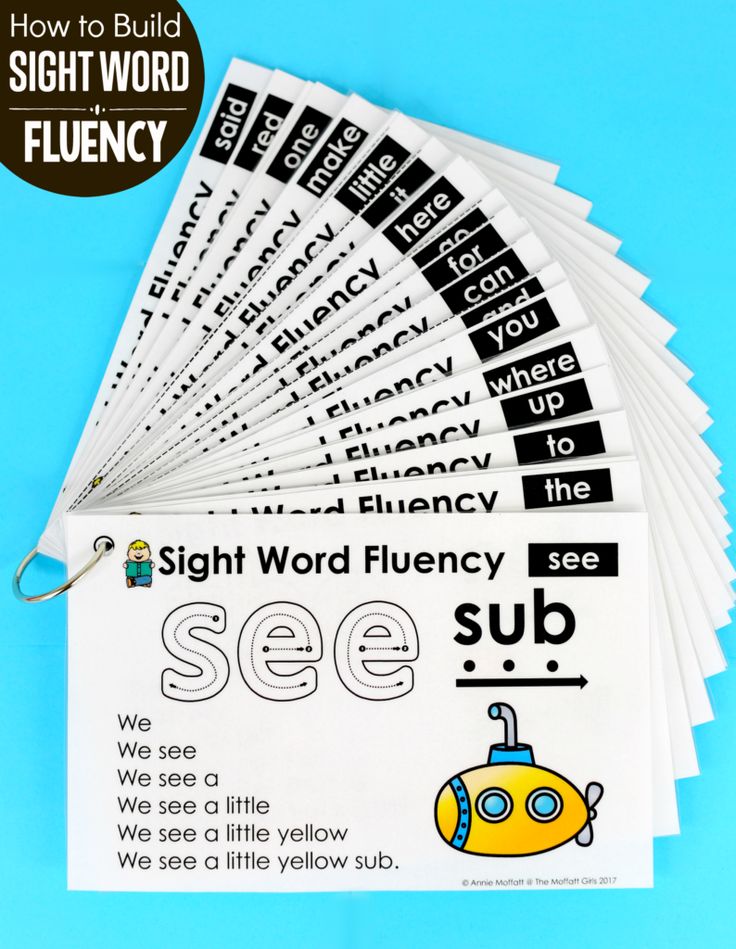
- This is perhaps the main drawback. The kid is not an active participant in the process. Only one sensory system of the child is involved: only the visual one. Although the baby receives knowledge, he does not learn to reason and analyze. This method of teaching reading to a preschooler should be combined with other, more creative ones.
Step by step learning
Step by step teaching children to read takes a lot of time and effort. It would be reasonable to divide it into a number of stages, which will facilitate the process of forming a new skill for the child. You will have to go through the following steps: the process of learning and memorizing individual letters; development of the ability to read syllables, regardless of their size and complexity; learn to understand the meaning of individual words; be able to understand the meaning of the text as a whole.
Memorizing letters
At the very beginning, the traditional method of teaching preschoolers to read is based on memorizing letters. To begin with, it is important to learn to distinguish between them and recognize them among other designations. The next step is reading them.
To begin with, it is important to learn to distinguish between them and recognize them among other designations. The next step is reading them.
Methodology for teaching reading to a preschooler at home recommends calling the child consonants as they are pronounced (that is, sounds), and not as they are presented in specialized books. This will speed up the process of perception and help the baby understand how to use this information in practice.
Teaching children to read at this stage involves focusing the child's attention on new material. To do this, you can hang out the image of the letters and the objects associated with them in the preschooler's room and throughout the house as a whole. It is also effective to pay attention to familiar signs in the names of signs while walking.
Reading syllables of varying complexity
This stage fully reflects Zhukova's method of teaching reading to a preschooler. It is based on the perception of a single syllable as a minimal unit.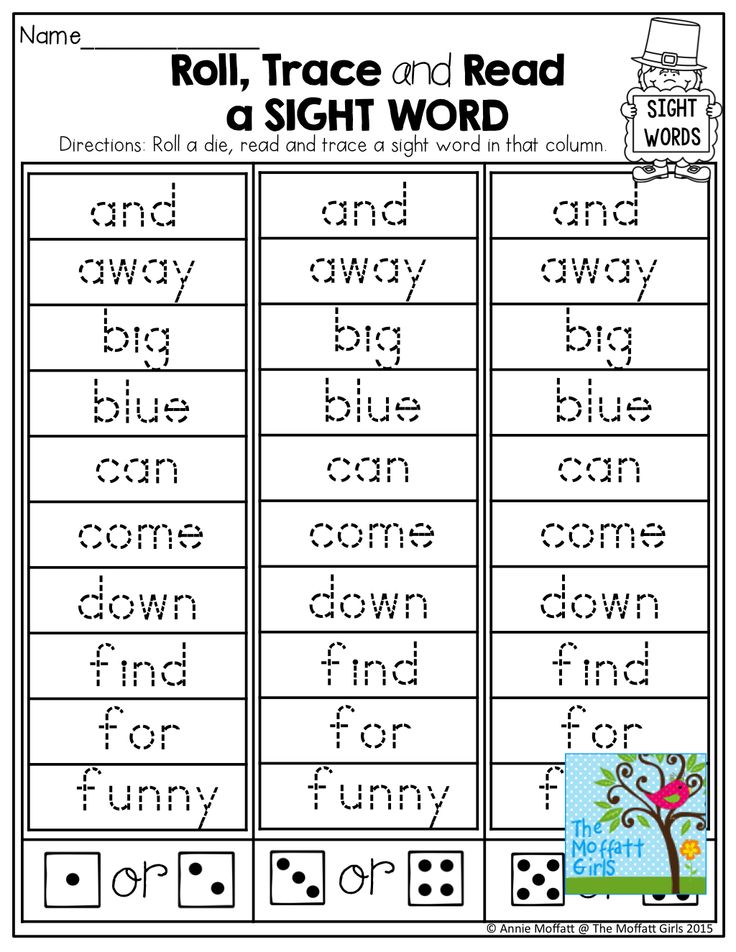 This helps to recognize and remember the connections that exist between various syllables and how they should be pronounced. At this stage, the baby, as a rule, has many difficulties. In order to help him cope with them, it is necessary to consciously make this stage of training as understandable as possible.
This helps to recognize and remember the connections that exist between various syllables and how they should be pronounced. At this stage, the baby, as a rule, has many difficulties. In order to help him cope with them, it is necessary to consciously make this stage of training as understandable as possible.
It would be most preferable to speak slowly and clearly, while pronouncing the words as correctly as possible and asking the child to repeat everything after you. Then the baby will get used to the correct reading option.
In no case should a child be taught to pronounce syllables separately or to himself, and only then combine them into a single whole. Unfortunately, such a habit can be fixed in the mind for a long time, and it will be extremely difficult to get rid of it. This is an important nuance of the method of teaching reading to preschoolers. Zhukova also emphasizes this in her writings.
Comprehension of the meaning of the read word
This stage is the basis of teaching synthetic reading.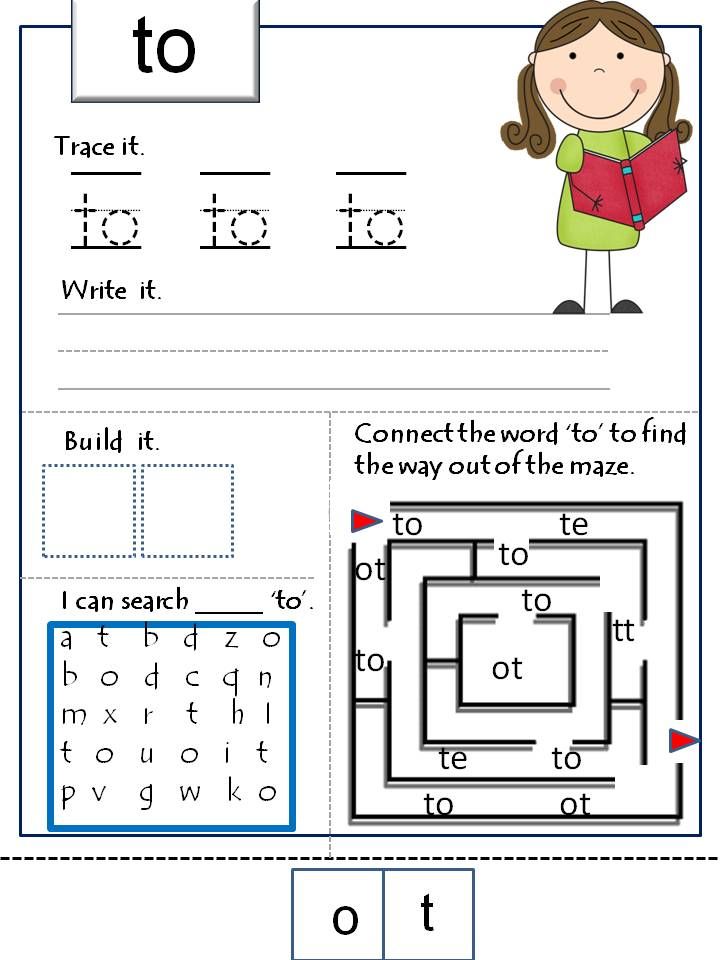 Its basis is the assimilation of meaning. This is the basis for the method of teaching preschoolers to read according to Starzhinskaya. The considered method is extremely effective and even necessary. After all, it is the understanding of the meaning of what is read that becomes the key to fluent reading in the future. By the time the child reaches this stage, the child has enough skills to learn the meaning of words effectively.
Its basis is the assimilation of meaning. This is the basis for the method of teaching preschoolers to read according to Starzhinskaya. The considered method is extremely effective and even necessary. After all, it is the understanding of the meaning of what is read that becomes the key to fluent reading in the future. By the time the child reaches this stage, the child has enough skills to learn the meaning of words effectively.
It is important that now everything is read at approximately the same pace with which it is pronounced in ordinary everyday speech. If this time is too long, then it becomes incredibly difficult for the child to guess or feel the meaning.
It is necessary to start slowly, gradually accelerating the pace. Each time it is necessary to clarify with the baby, the meanings of which words are unclear to him, what should be explained.
Learning to understand the meaning of the whole text
This stage ends the traditional method of teaching preschoolers.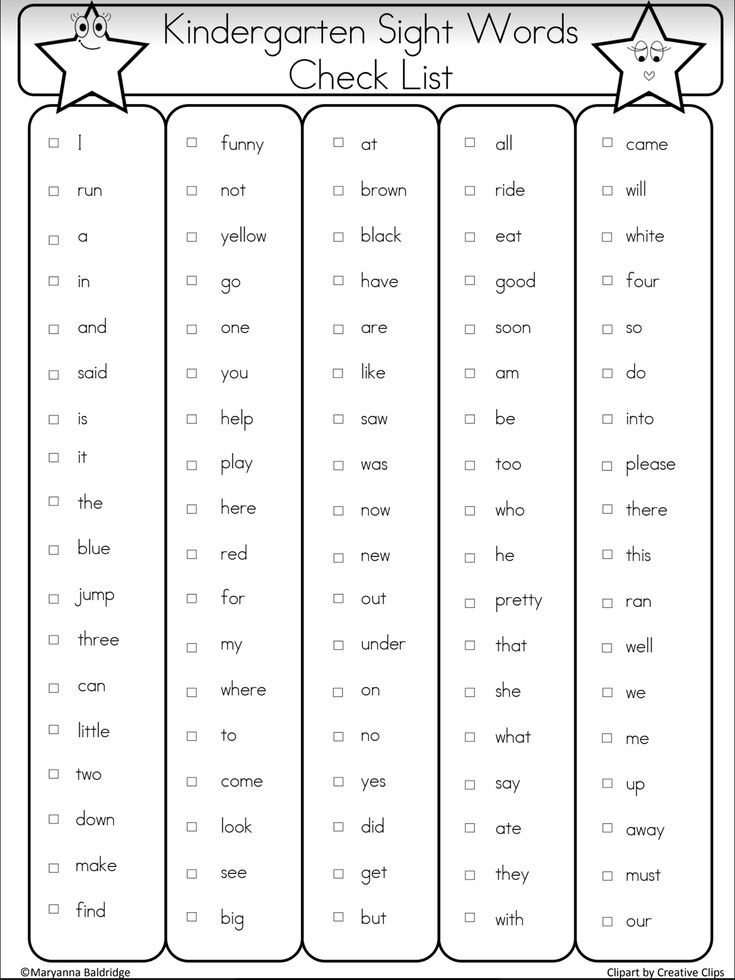 Now it's time to learn to synchronously understand the meaning of everything that the child reads. This takes a lot of time, so parents should be patient and not demand too much from the baby. Understanding content is a long and complex process.
Now it's time to learn to synchronously understand the meaning of everything that the child reads. This takes a lot of time, so parents should be patient and not demand too much from the baby. Understanding content is a long and complex process.
Sometimes a child is able to read every word of a sentence absolutely correctly, but cannot comprehend its meaning. This is due to the presence in the phrase of a complex combination that fully captured all the attention of the baby. And sometimes a preschooler is simply not able to keep in mind all the parts of a sentence at the same time in order to form its meaning. This difficulty can be overcome by rereading the text multiple times.
Another difficulty is trying to guess the meaning of the sentence from the first association. And other children begin to constantly skip or replace letters in words. This is due to the fact that the preschooler perceives some general image of the word, applying it to other similar language units.
Children should not be forced to read the same text over and over again. This forms an incorrect associative chain, creating an aggressively negative attitude of the baby to this process.
It is important to work through each step carefully. How the child will read in the future and how well he writes directly depends on this.
Conclusion
The development of your children is entirely in your hands. Of course, today it is not so easy to find time to spend quality time with a child, but for parents there should be nothing more important. Therefore, the process of researching and finding a method of teaching reading that is suitable for your baby should be given enough time and attention.
Sometimes there will be setbacks. They are inevitable. This has happened to every child, and to you too. This does not mean that your baby is developing worse than others or will never learn to read fluently and understand texts clearly. These failures only indicate that the wrong choice of methodology was made, or parents pay insufficient attention to the process, or classes are held irregularly, or the essence of the method does not contribute to the concentration of attention of this particular child.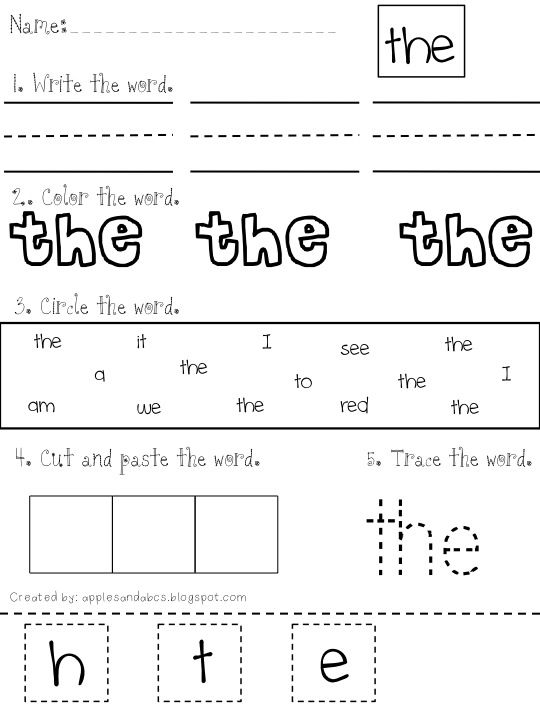 In any case, you should not be angry with the baby, it is absolutely not his fault. Be humble, patient, friendly. It is important to be with the child at the same time. If you are one team, victory is near.
In any case, you should not be angry with the baby, it is absolutely not his fault. Be humble, patient, friendly. It is important to be with the child at the same time. If you are one team, victory is near.
Even today, many people prefer to choose traditional teaching methods that combine the methods of Zhukova and Starzhinskaya, and in general imply a gradual formation of skills. Such methods have collected a huge amount of positive feedback, they are simple and reliable. Every child can learn to read with their help. Only the time required for this can differ.
Newer methods, such as Zaitsev's cubes and the Doman method, will not suit every child, but this in no way detracts from their effectiveness. To implement each of them, you need a certain amount of props, for example, a certain number of cards, cubes, tables. They are used as visual material for better perception of new information. As a rule, such methods of learning are positively perceived by children, since the game element is obvious in them. The child does not get tired so quickly and is easily involved in the process. A special effect can be achieved if the training takes place in a group. The success of others motivates the child much more than a simple personal interest in this process.
The child does not get tired so quickly and is easily involved in the process. A special effect can be achieved if the training takes place in a group. The success of others motivates the child much more than a simple personal interest in this process.
It may not be possible to choose the appropriate technique the first time. Failure is inevitable. However, don't despair. Your child's well-being deserves all your efforts!
Reading for preschoolers is always a new and interesting process. And this is not surprising, because they discover a whole world, previously unknown, unfamiliar.
First, children get acquainted with letters and sounds, then they learn how to put them into words. And then the moment comes when the child tries to read on his own. It is impossible to immediately give the baby complex texts for this purpose, and even not divided into syllables. Difficulties encountered in reading can completely discourage the desire to study further. So we will learn to read, taking as a basis stories and fairy tales specially adapted for preschoolers.
Stories for children
If you do not know what texts to start with, you can buy or download and print collections of texts on our website under the general title “Reading by syllables”. Such literature is specially adapted for children. This does not mean that the stories of famous writers are somehow changed in it: the selection of texts in such books is focused on children of preschool age, and the words in the texts are divided into syllables for reading, which greatly facilitates the learning process for the child.
On our website there are also some texts with a special division into syllables. They can also be printed out and offered to children for reading.
What kind of stories are best for children?
Of course, these are the works of those writers who specialized in children's topics: M. Prishvin, K. Paustovsky, A. Barto, N. Nosov, Lev Kassil, S. Marshak, etc. It is not necessary to read the stories in full: for young children it will be enough to choose one small passage, divide it into syllables and present it for reading.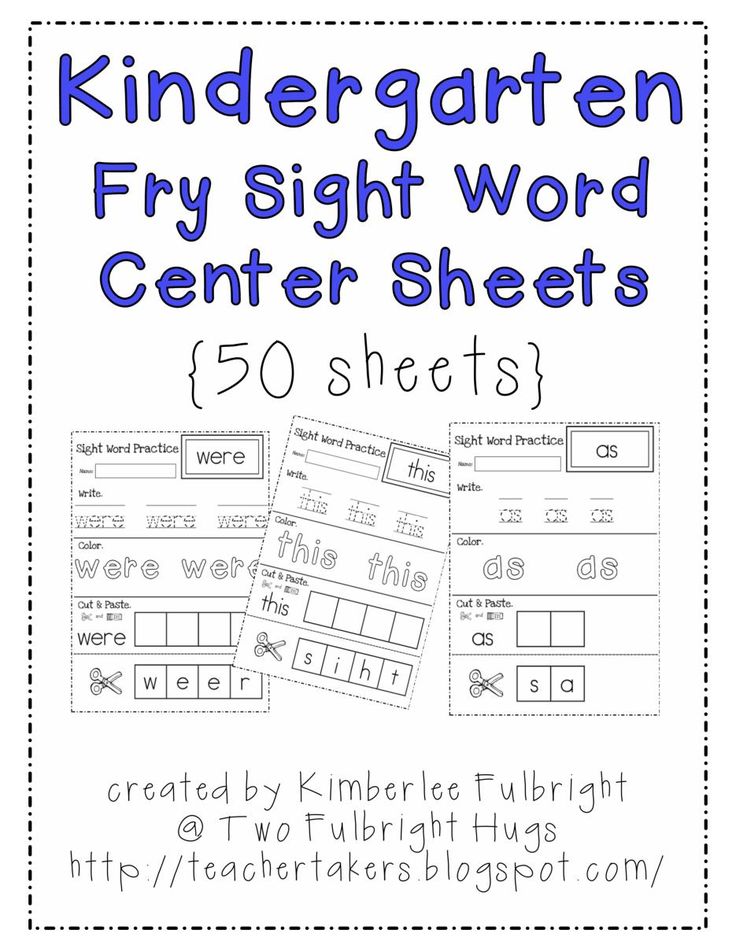
How to instill a love of reading?
How can parents deal with their children according to such texts?
Do not leave a child alone with a story if he still does not read well. This can discourage any interest in subsequent learning if the baby has difficulties and he cannot cope with them. Sit next to your child and start reading together. It is very important for children that adults show interest in their affairs. Along the way, ask the baby to help you and read this or that word. When you have read to the end, discuss the passage: have the child retell what he understood from the text. Do not leave what you read unattended: the baby must realize that he is reading not for dad or mom, but for himself, for his own understanding.
You can download a set of cards with words.
Learning to read individual words by syllables. Read the names of the children.
Fairy tales
However, the best aid for teaching children to read is fairy tales.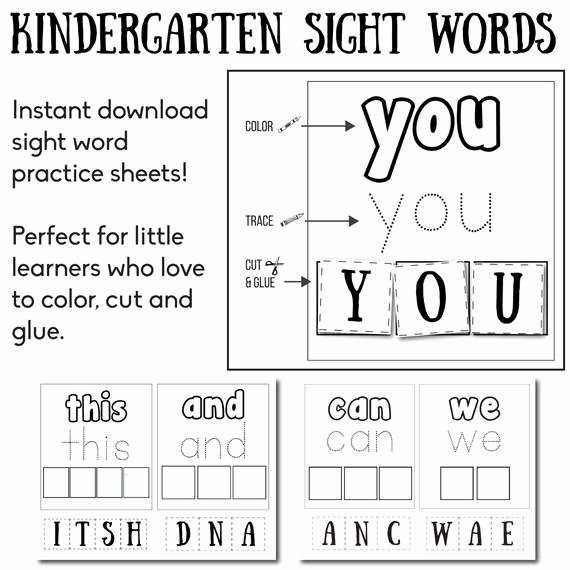 Everyone loves them, not just kids. Take first the fairy tale that the child knows well: it will be easier for him to read, being familiar with the plot.
Everyone loves them, not just kids. Take first the fairy tale that the child knows well: it will be easier for him to read, being familiar with the plot.
The most famous writers who devoted themselves to fairy-tale creativity are G.Kh.Andersen, A.S.Pushkin, Ch.Perro, the Grimm brothers. Surely, when your child could not read yet, he listened to the tales of these writers performed by you. And today he will read these fairy tales in syllables.
A 3-year-old girl reads by syllables:
Fairy tales for children by modern writers, for example, L. Uspensky, are also perfect for reading. They are sometimes more in tune with the needs of the time: the creatures that inhabit our technological world act in them, the devices around us come to life. And yet, do not deprive your child of the opportunity to get acquainted with the good old fairy tales, because entire generations have grown up on them.
Reading fairy tales, poems in syllables, you not only teach children, but also introduce them to the huge cultural heritage of previous eras .